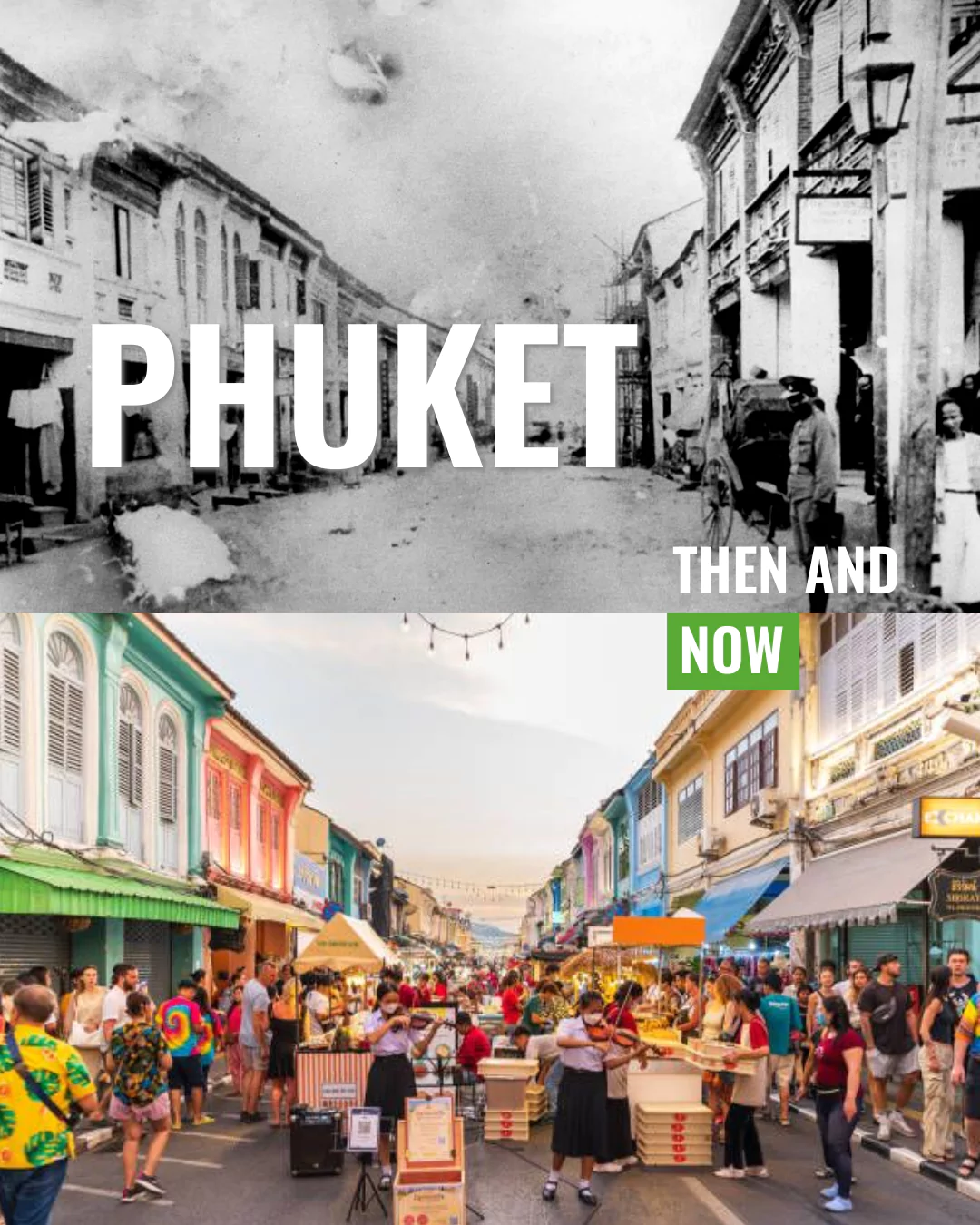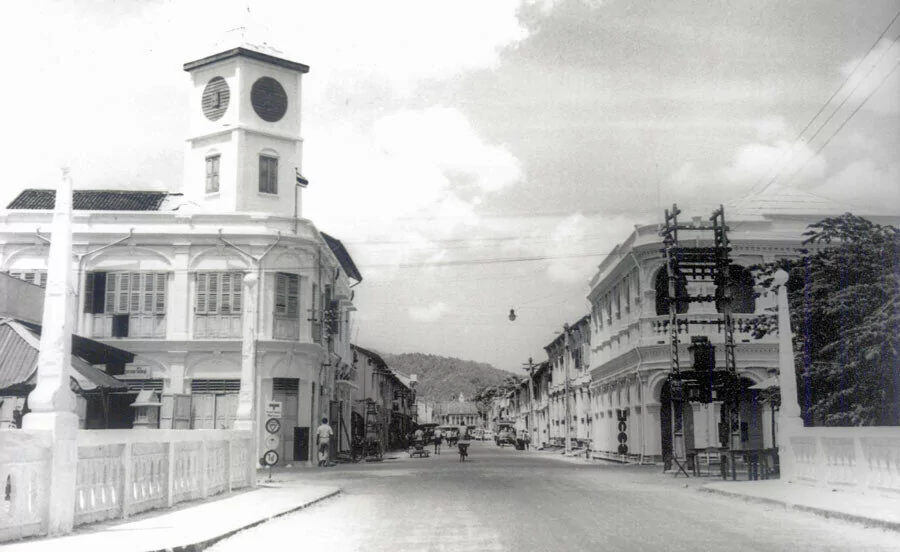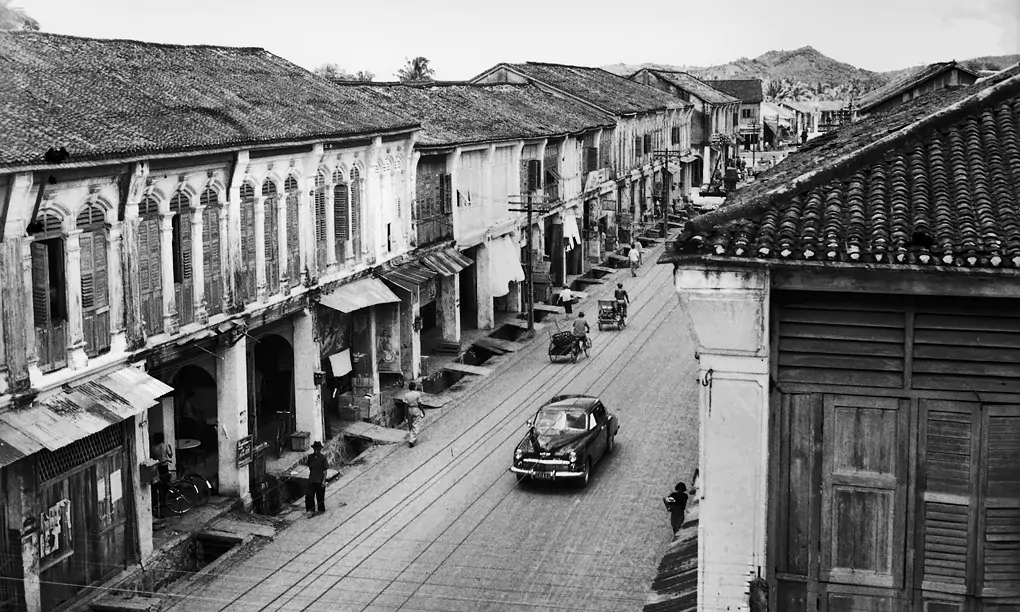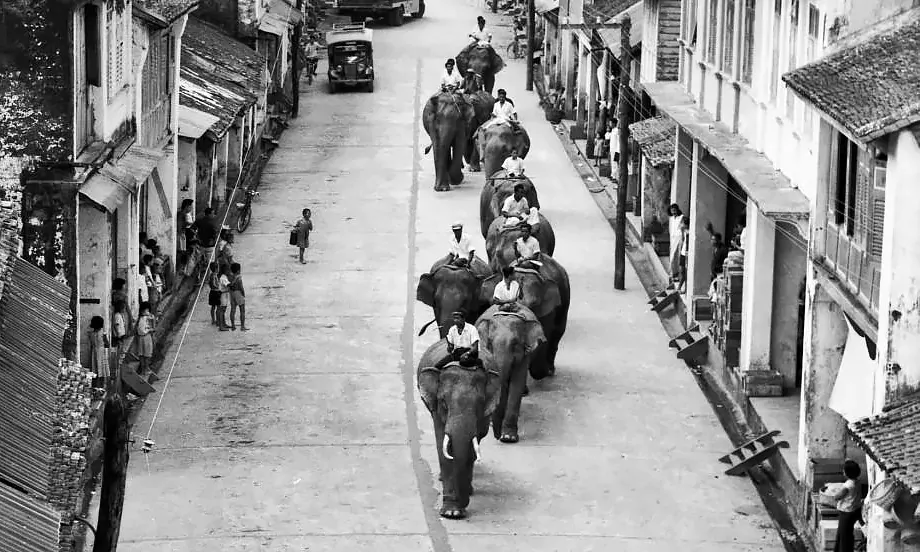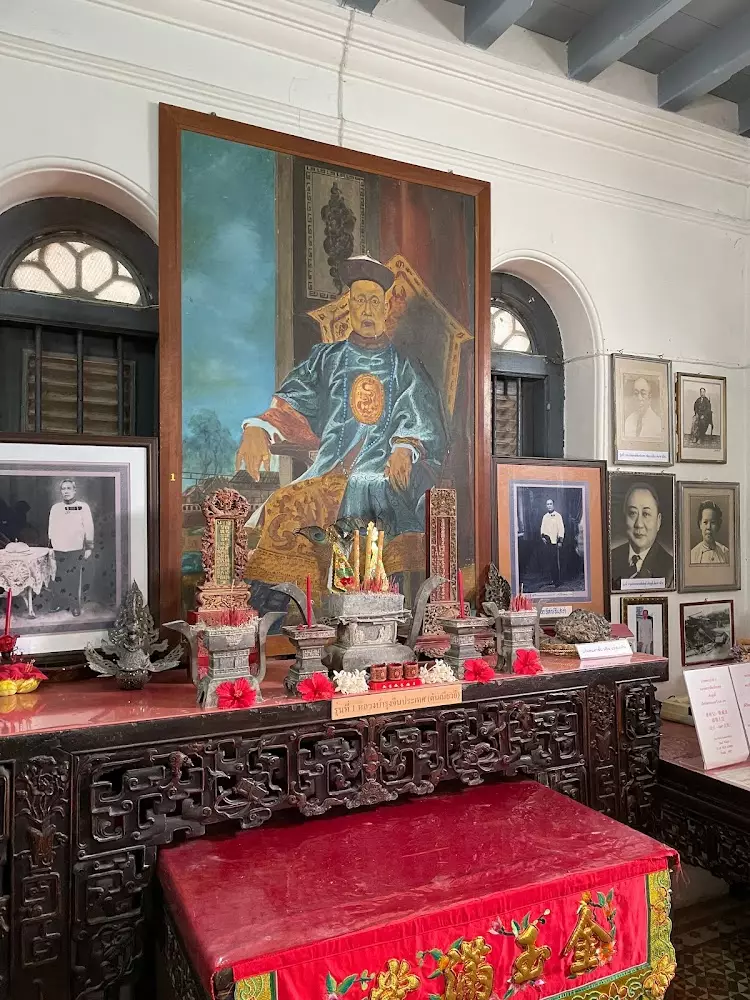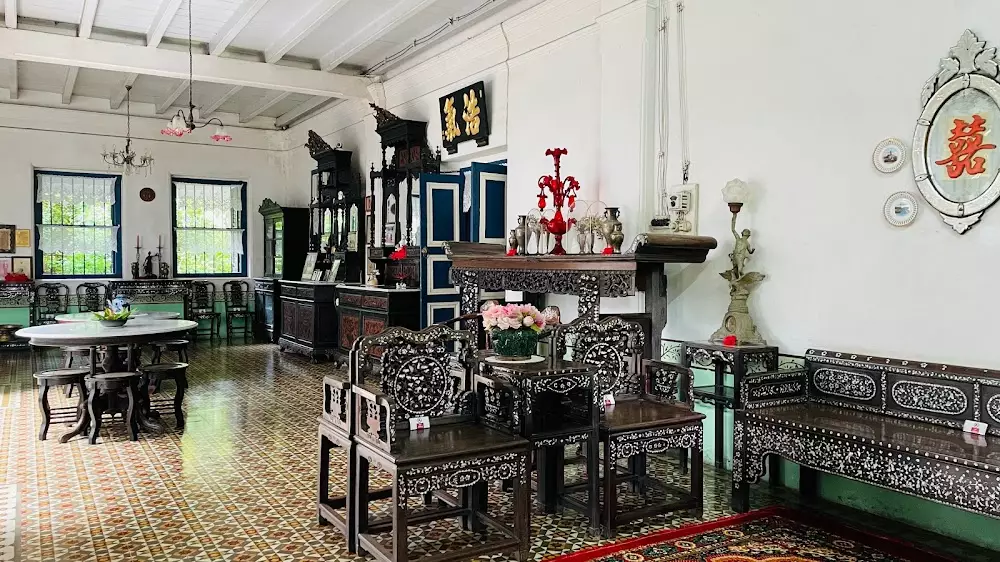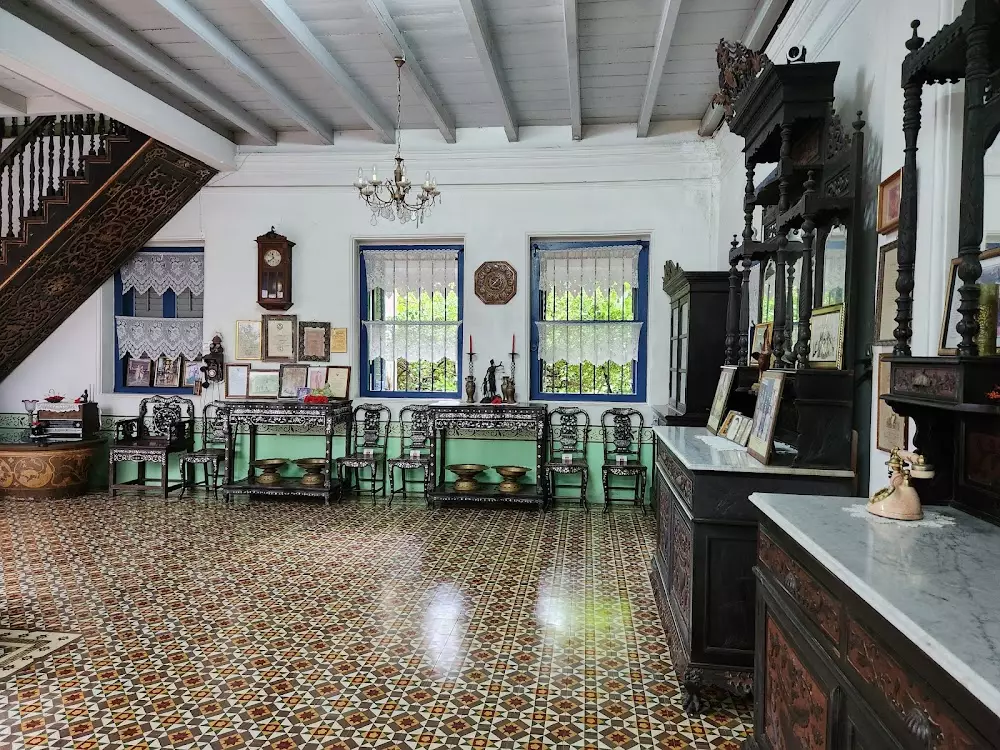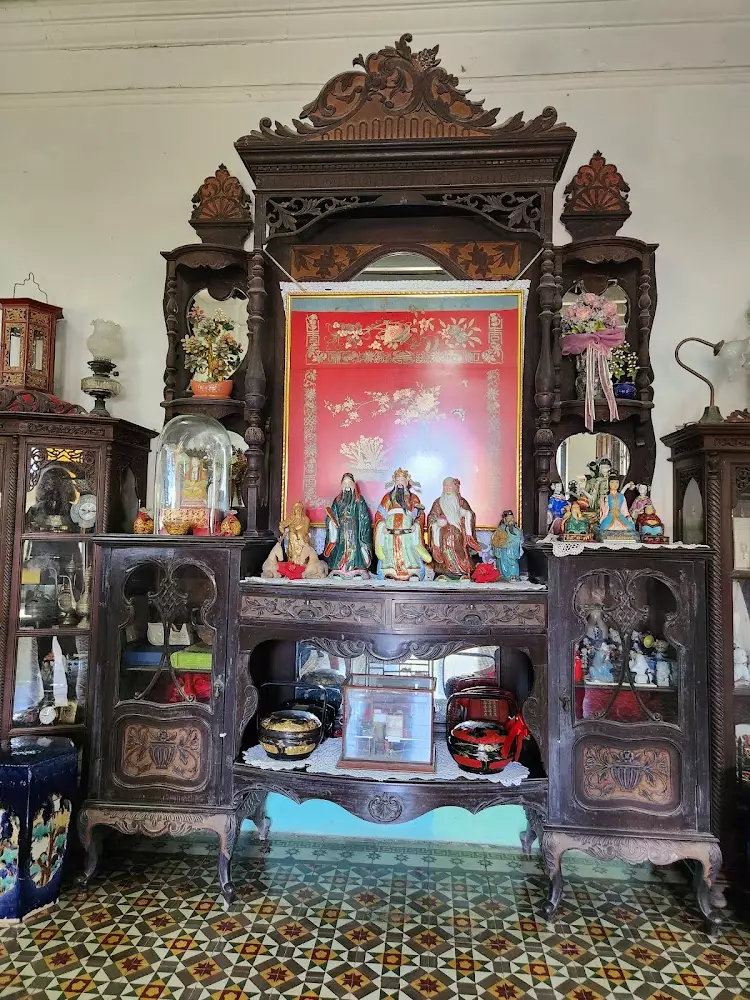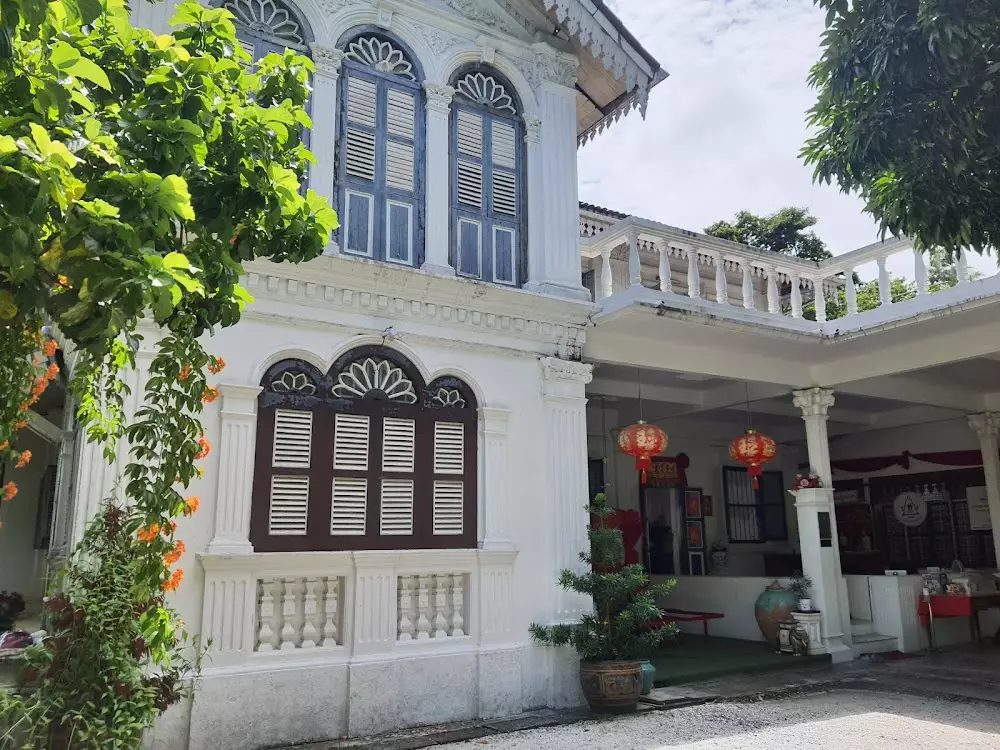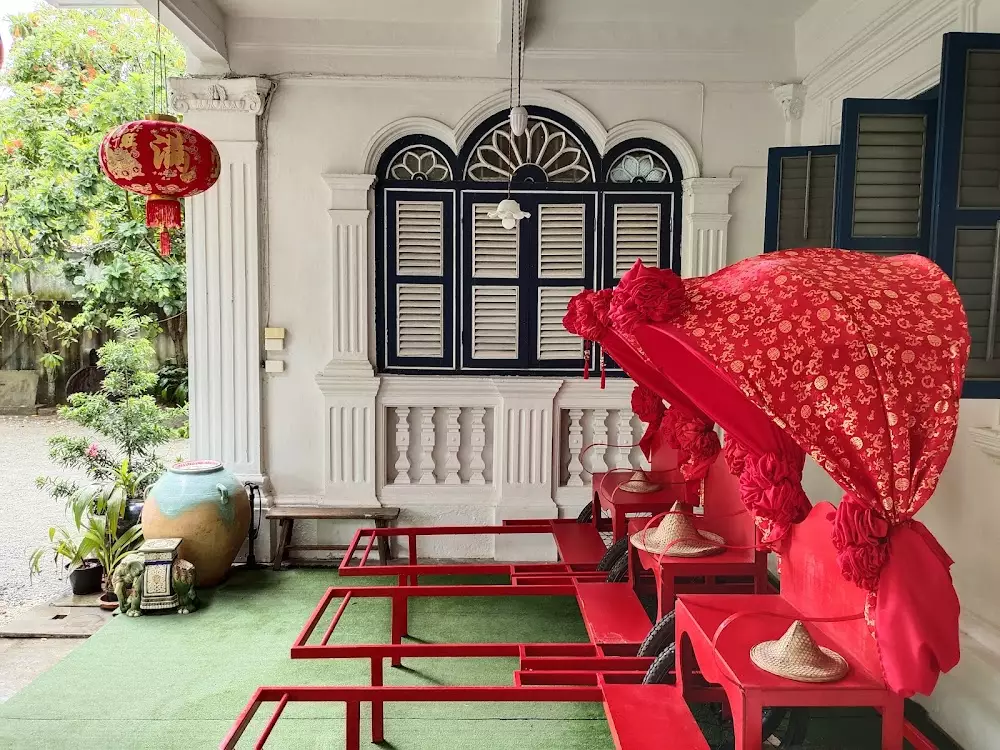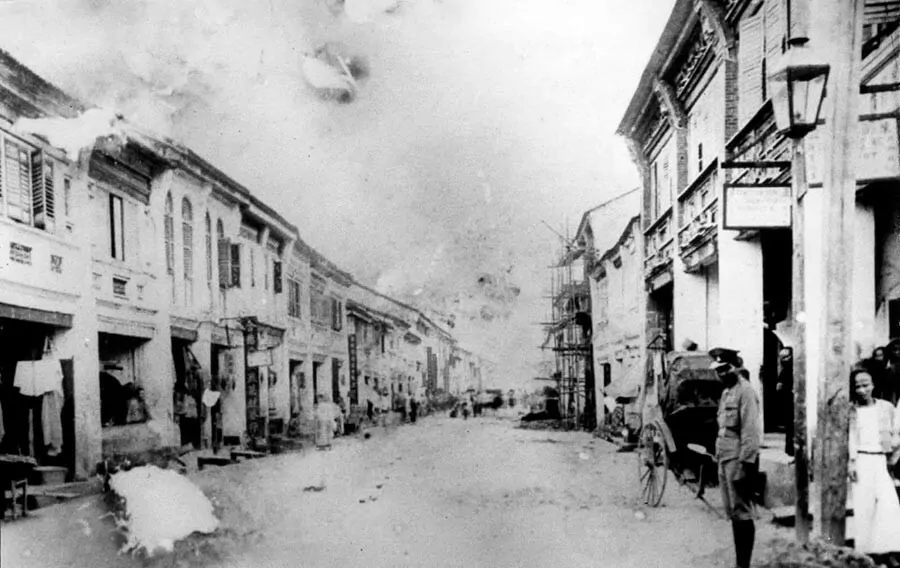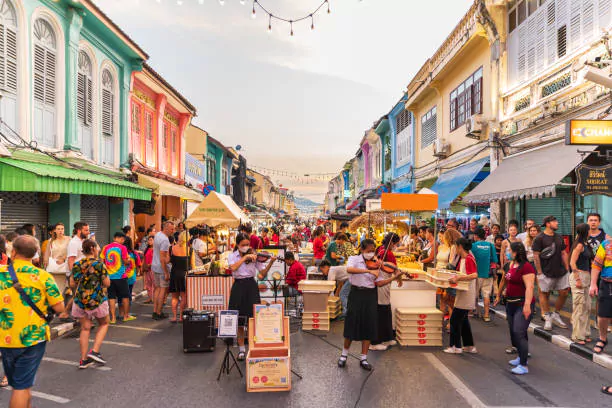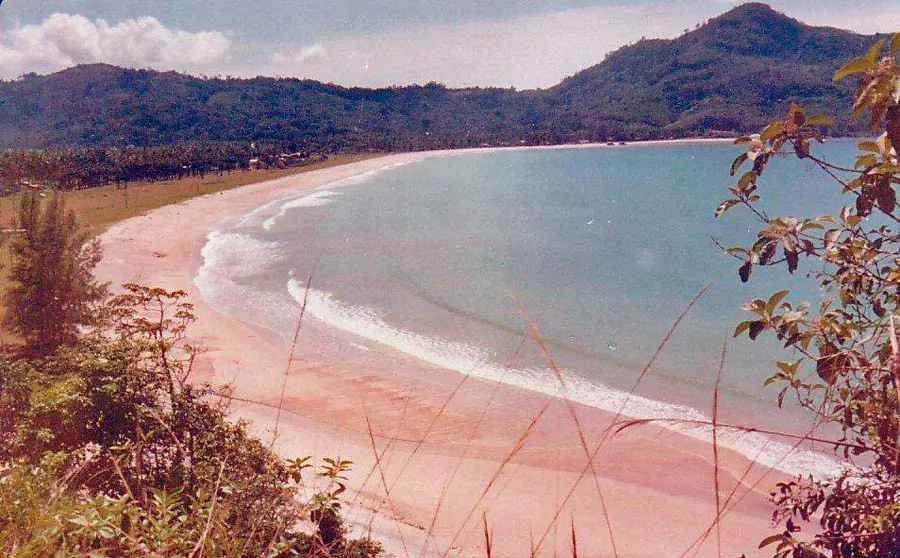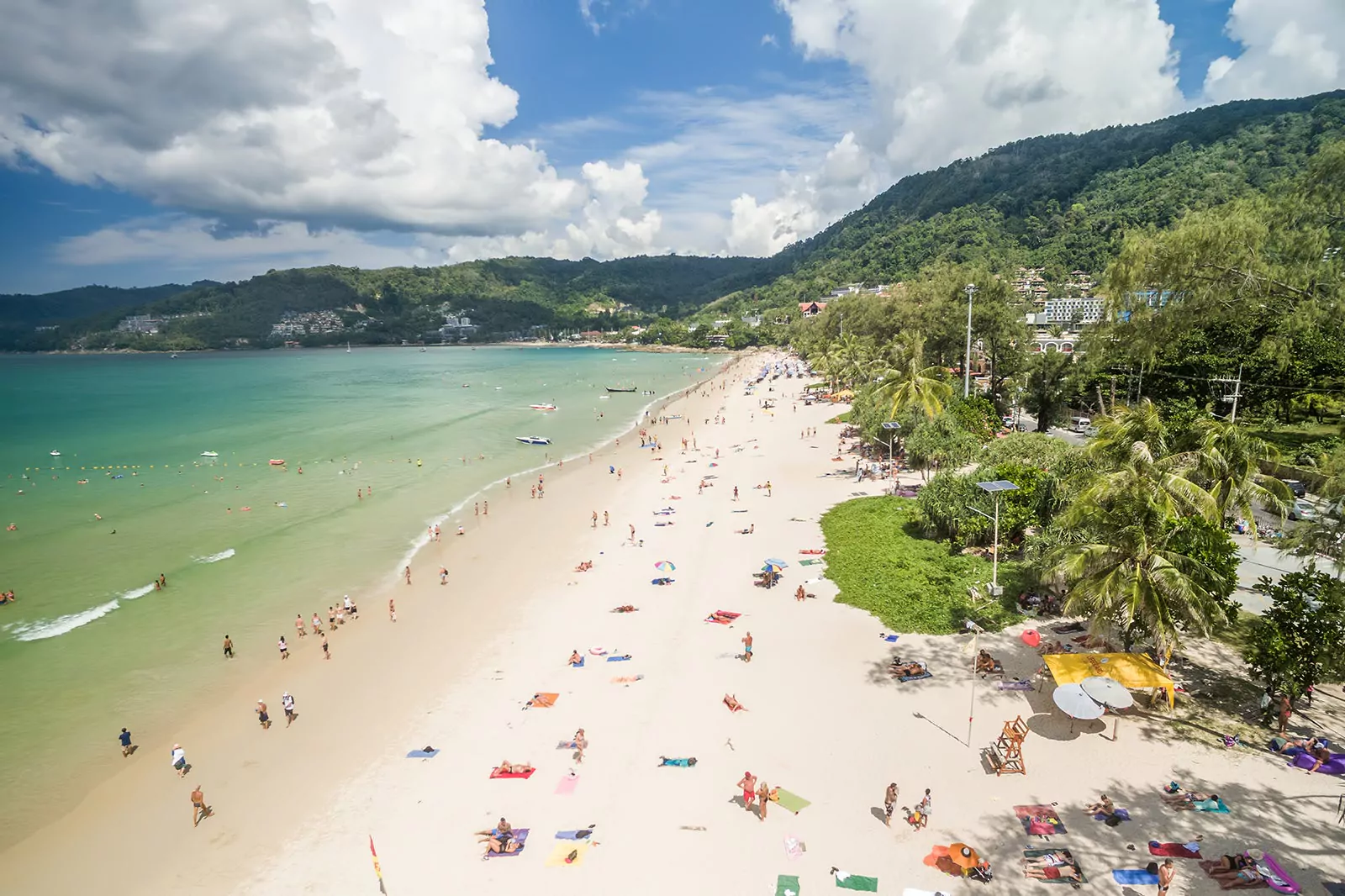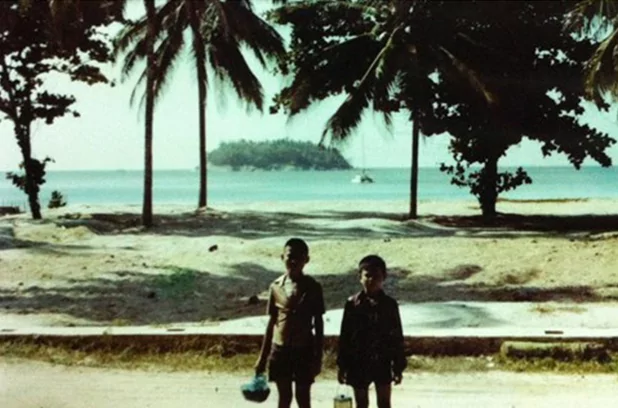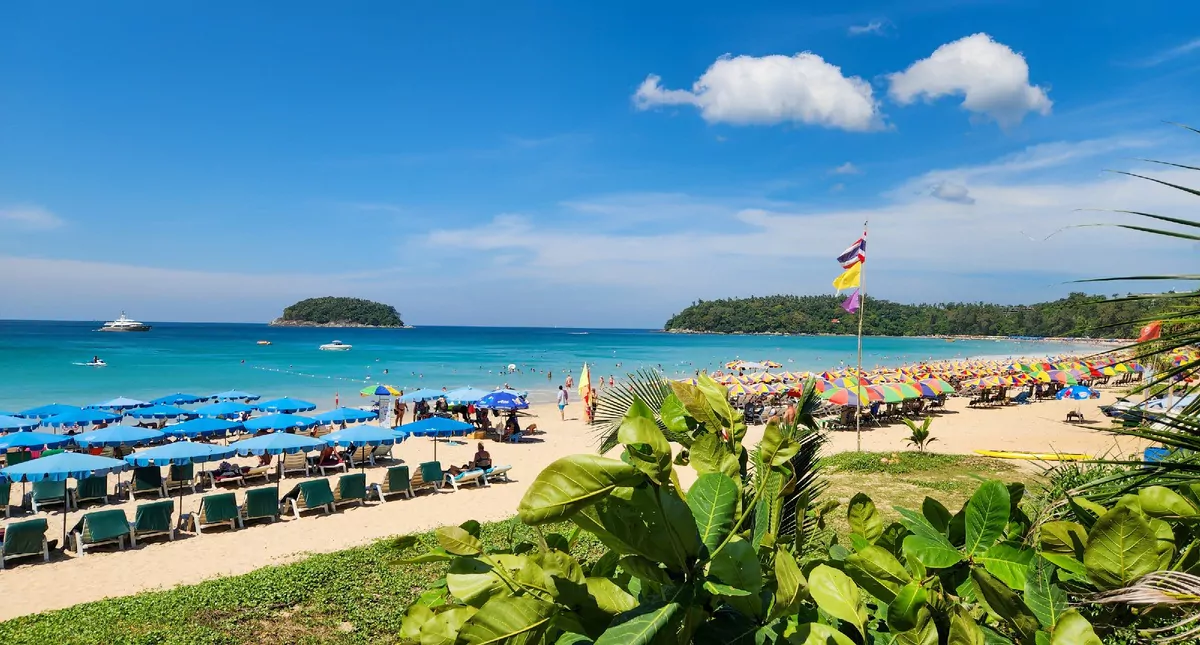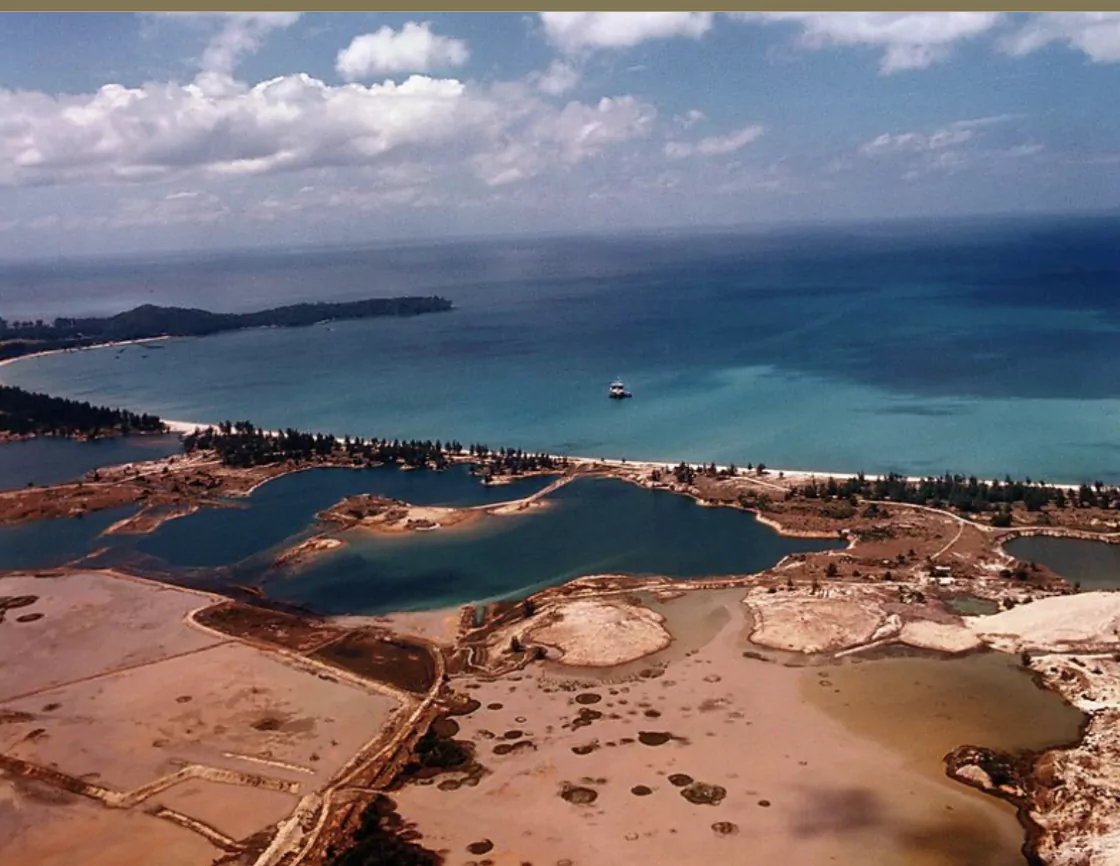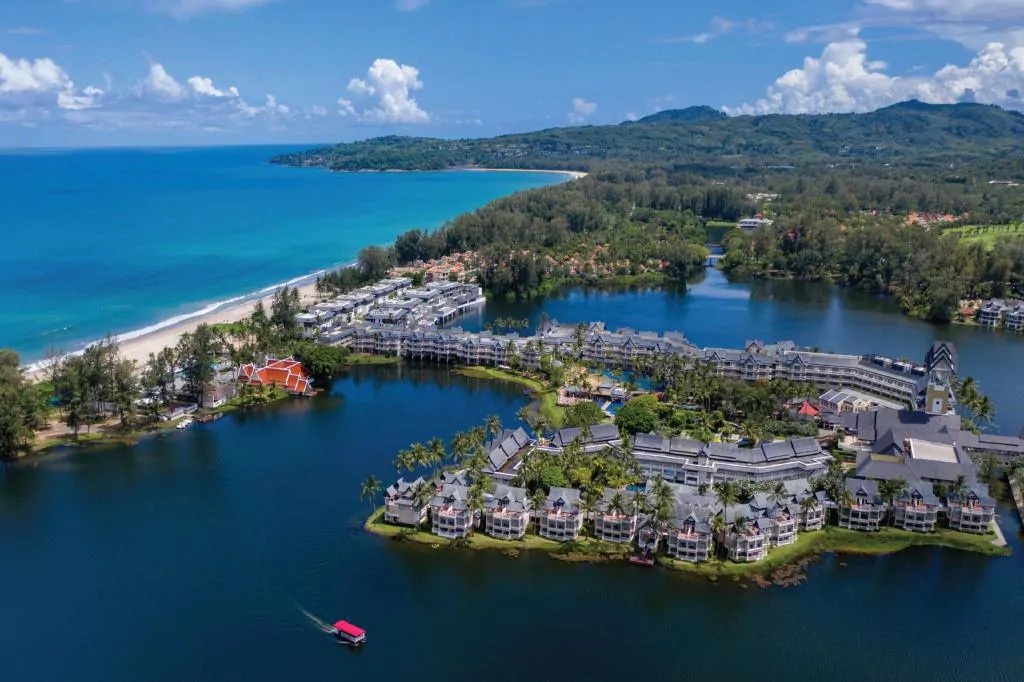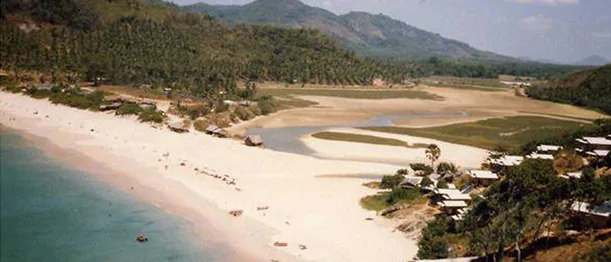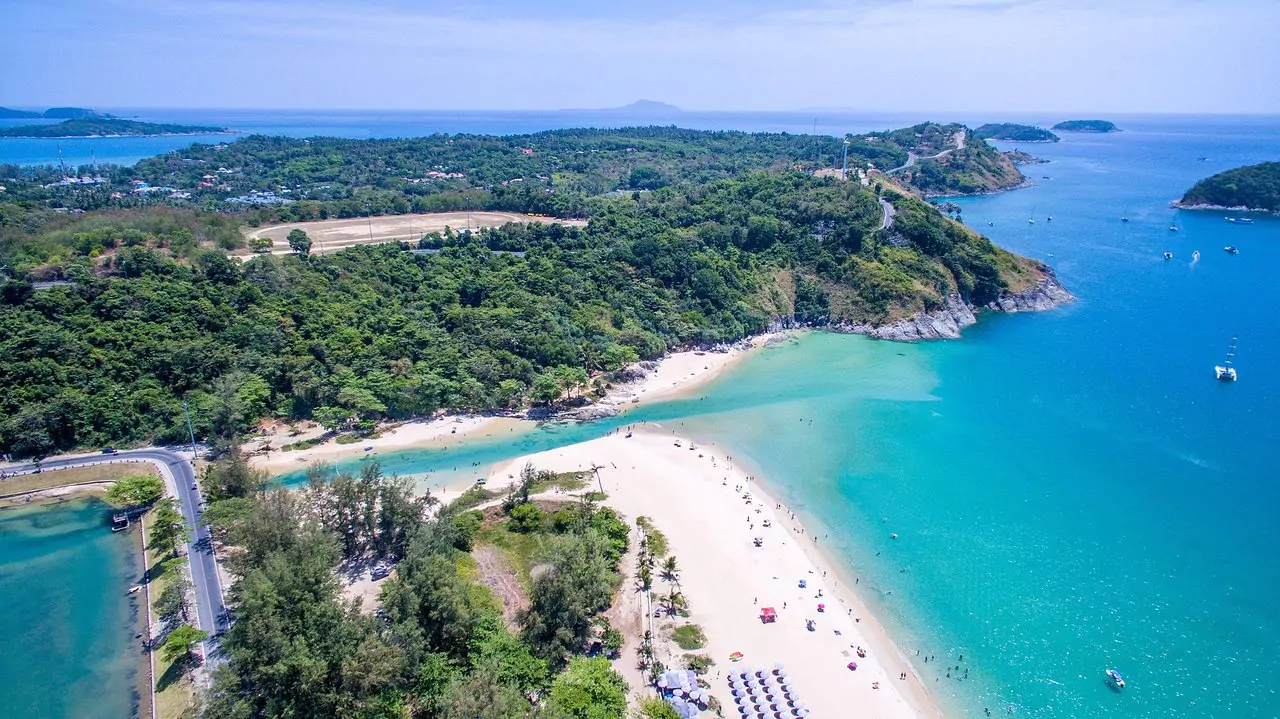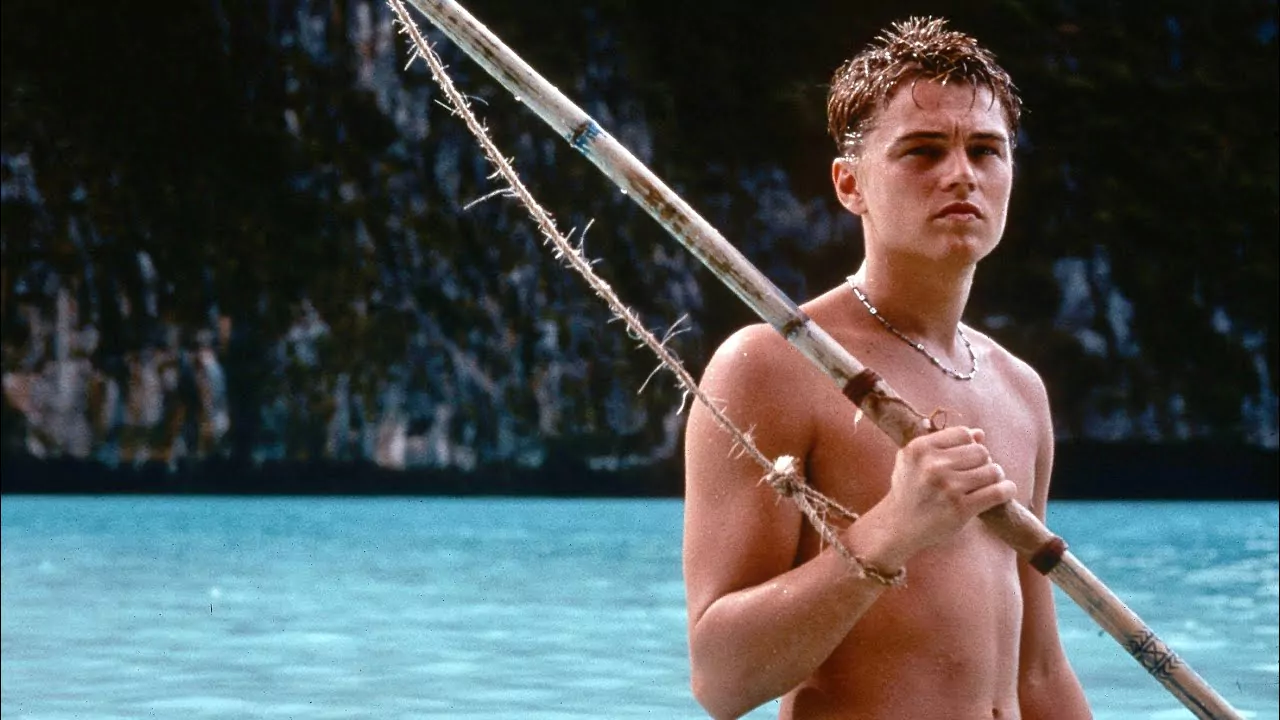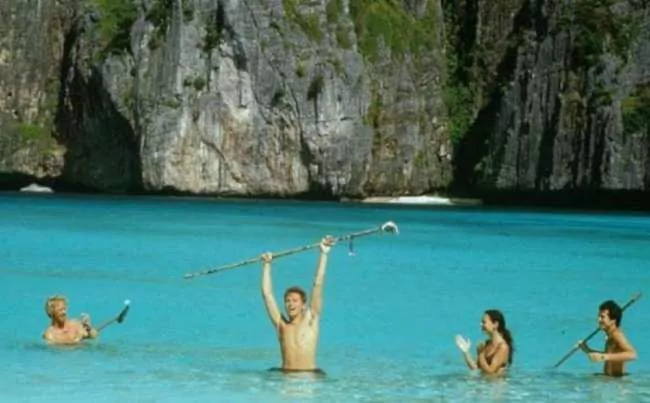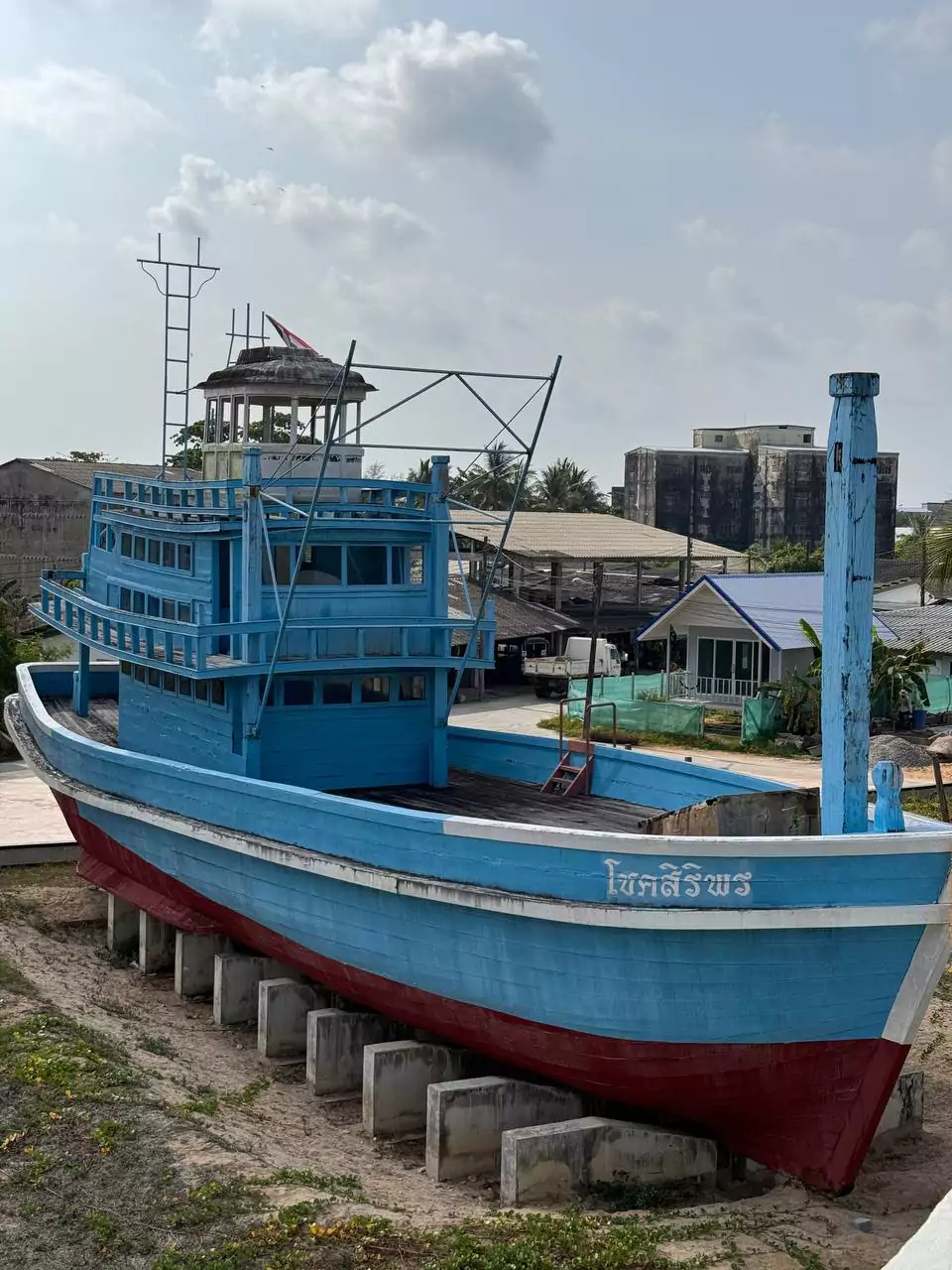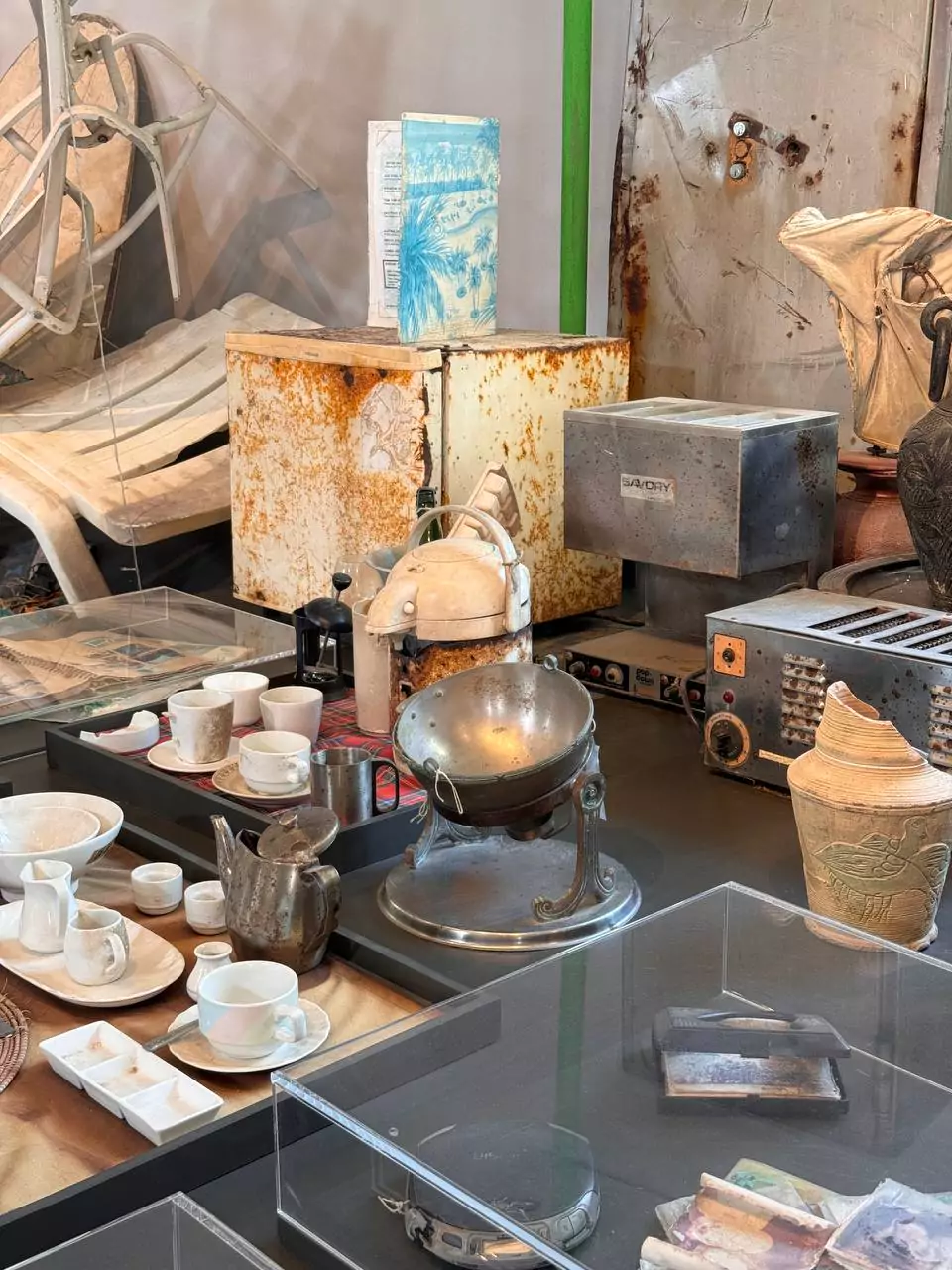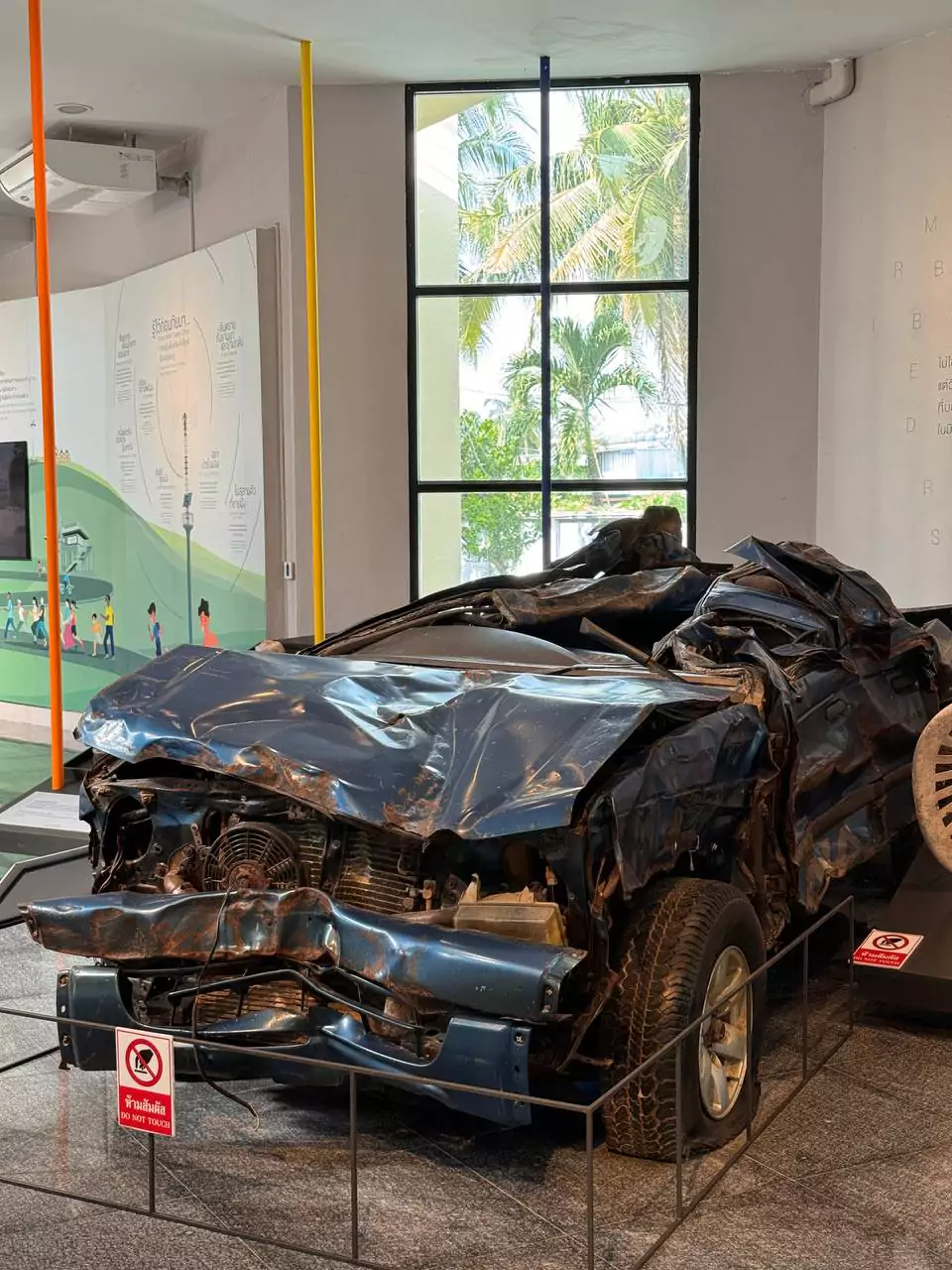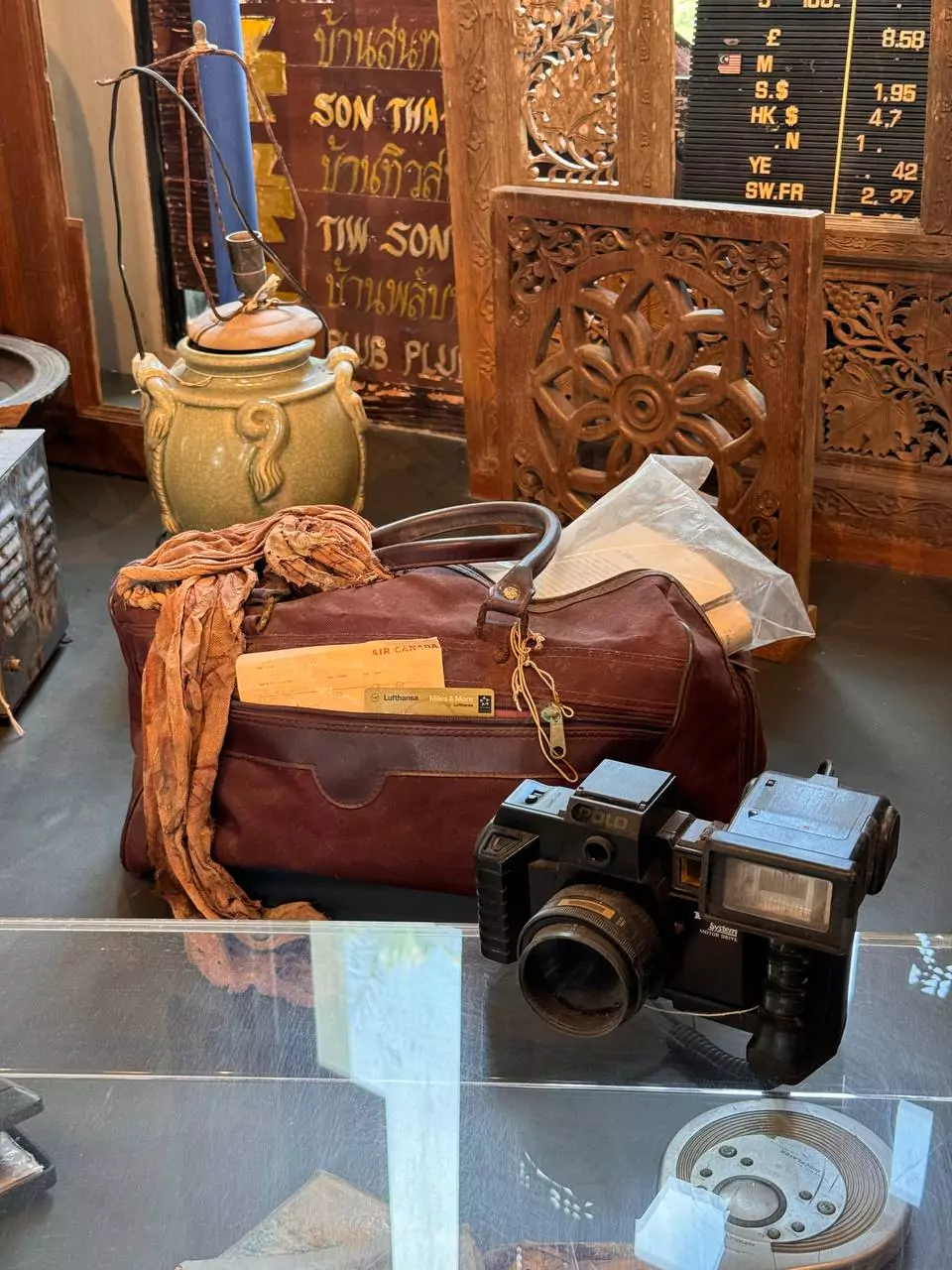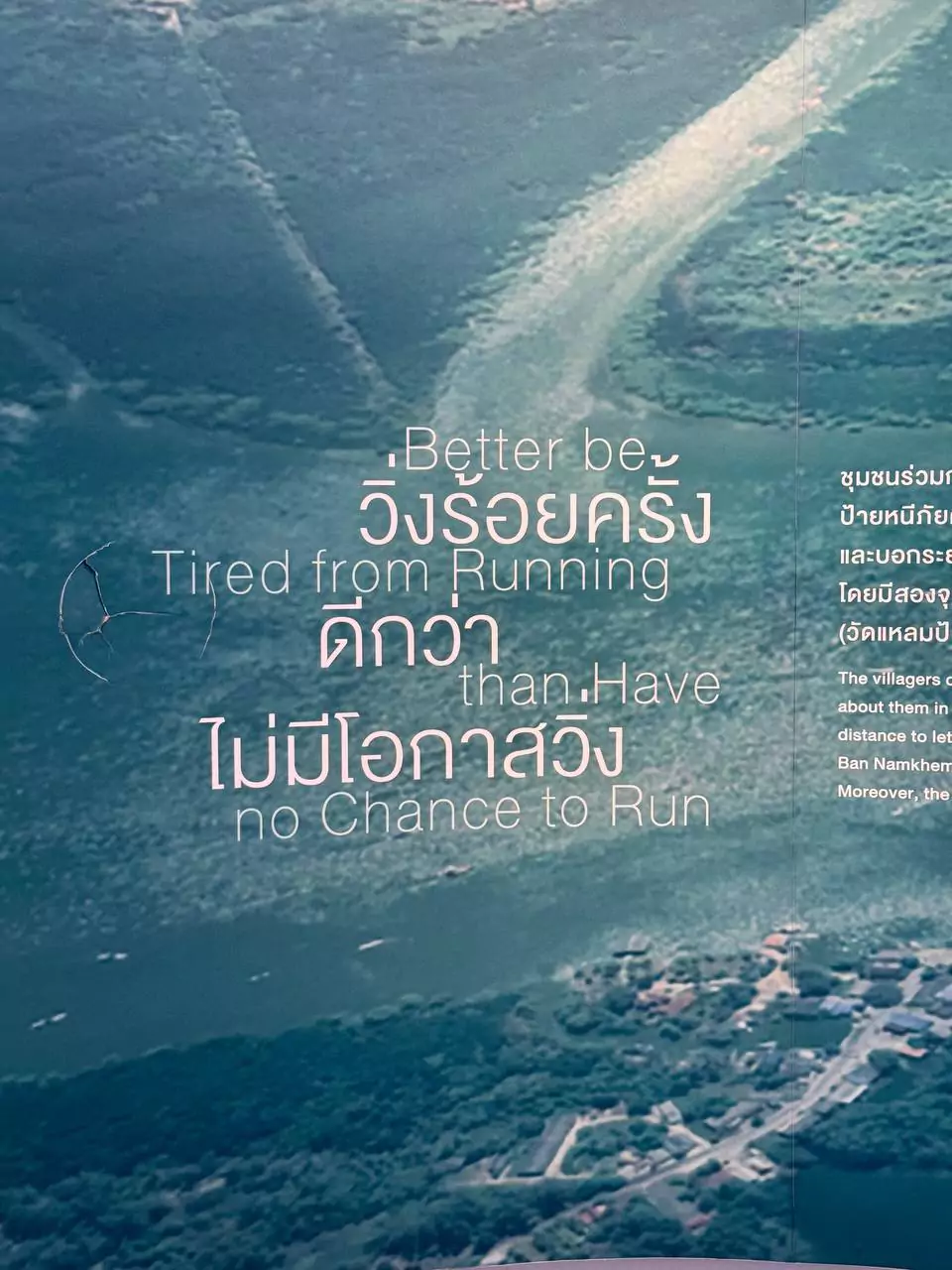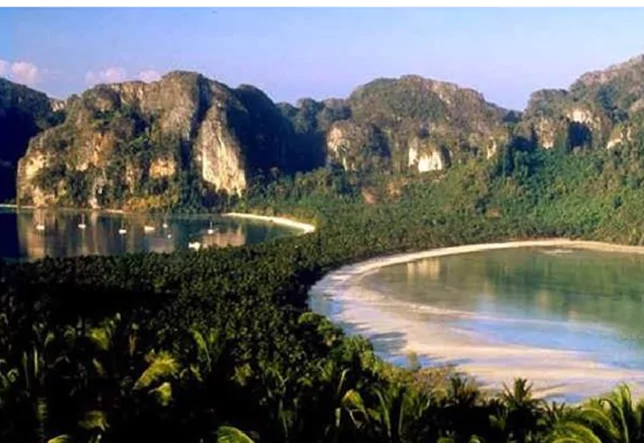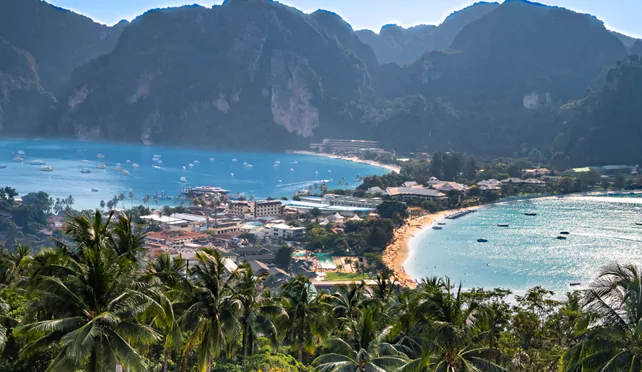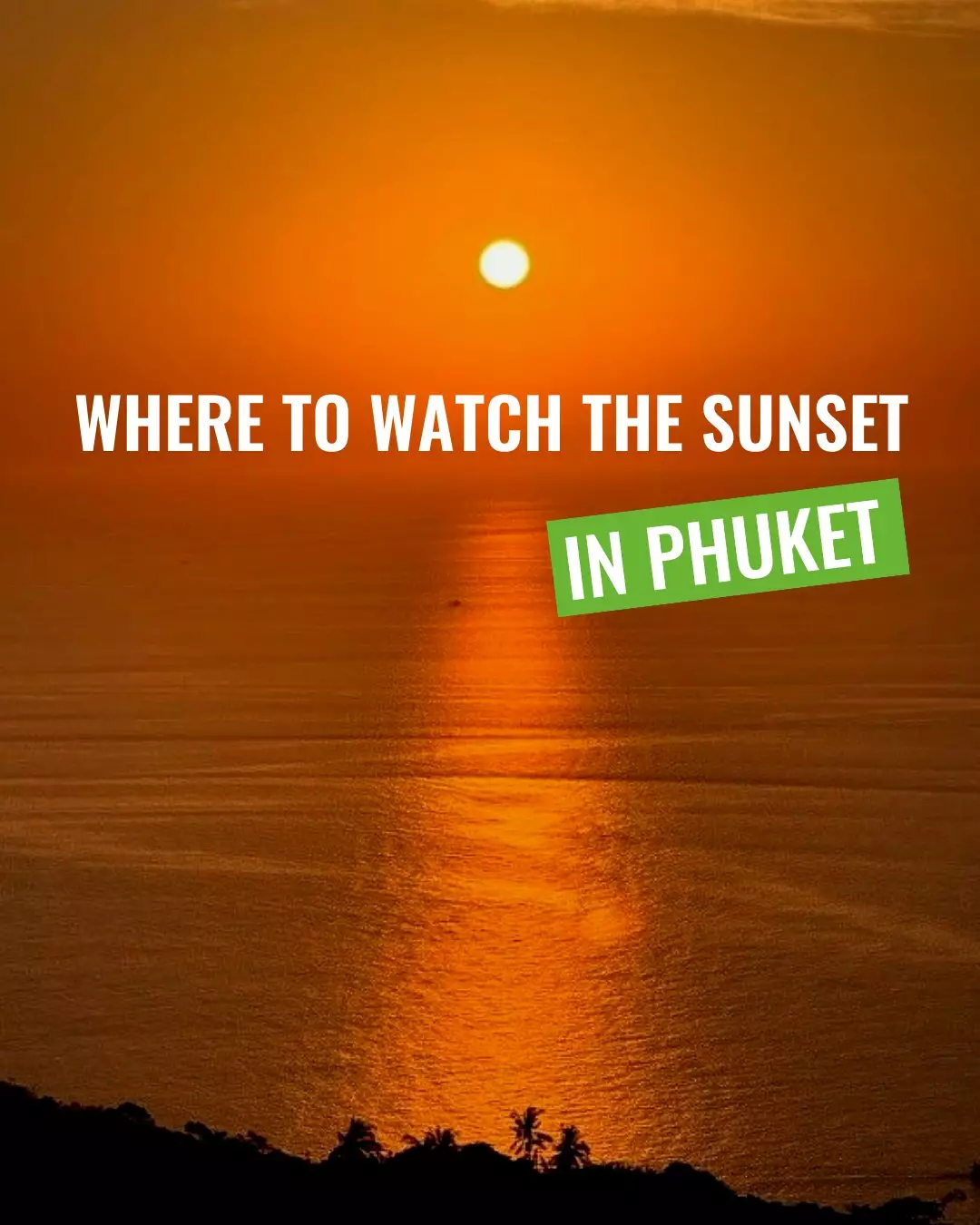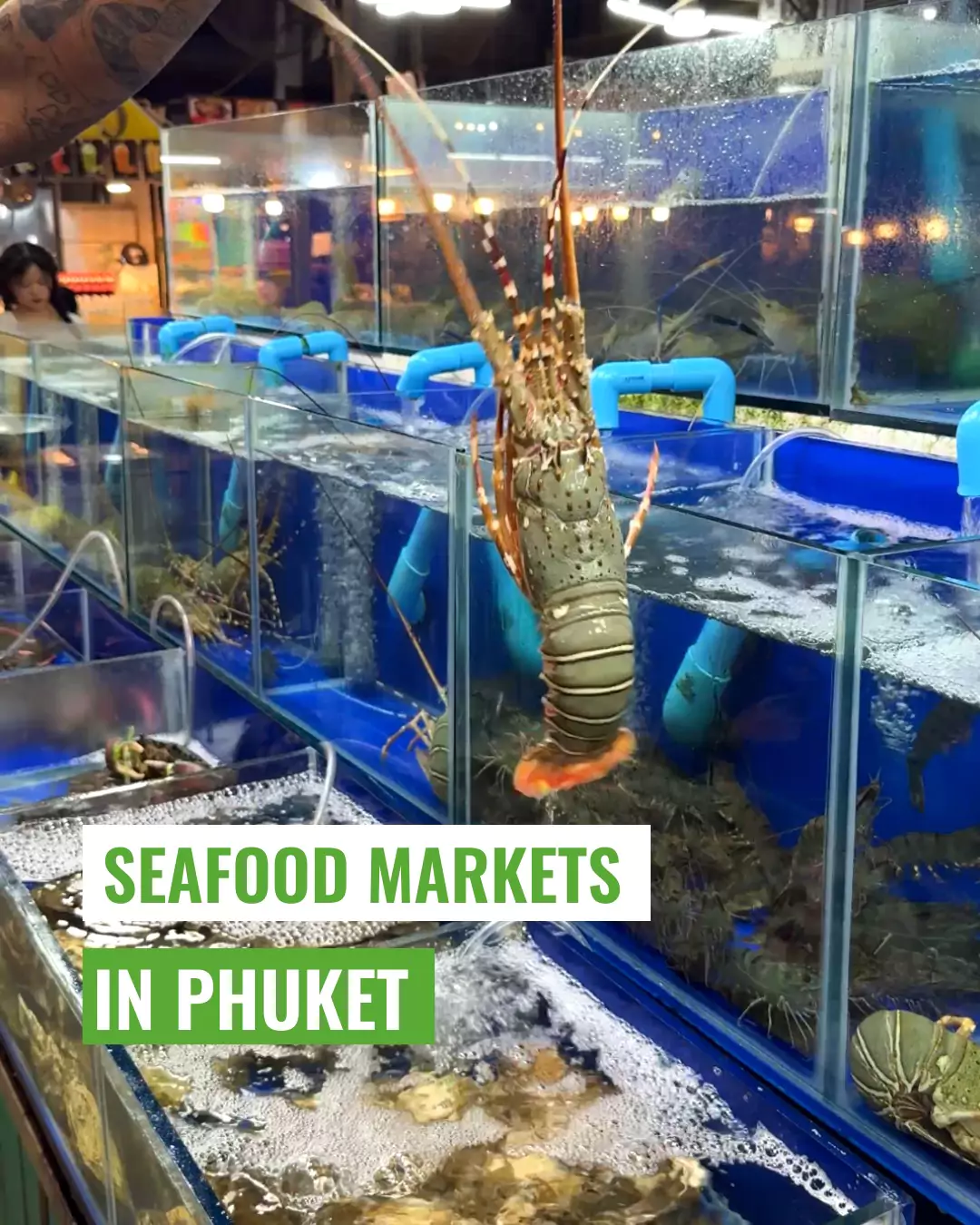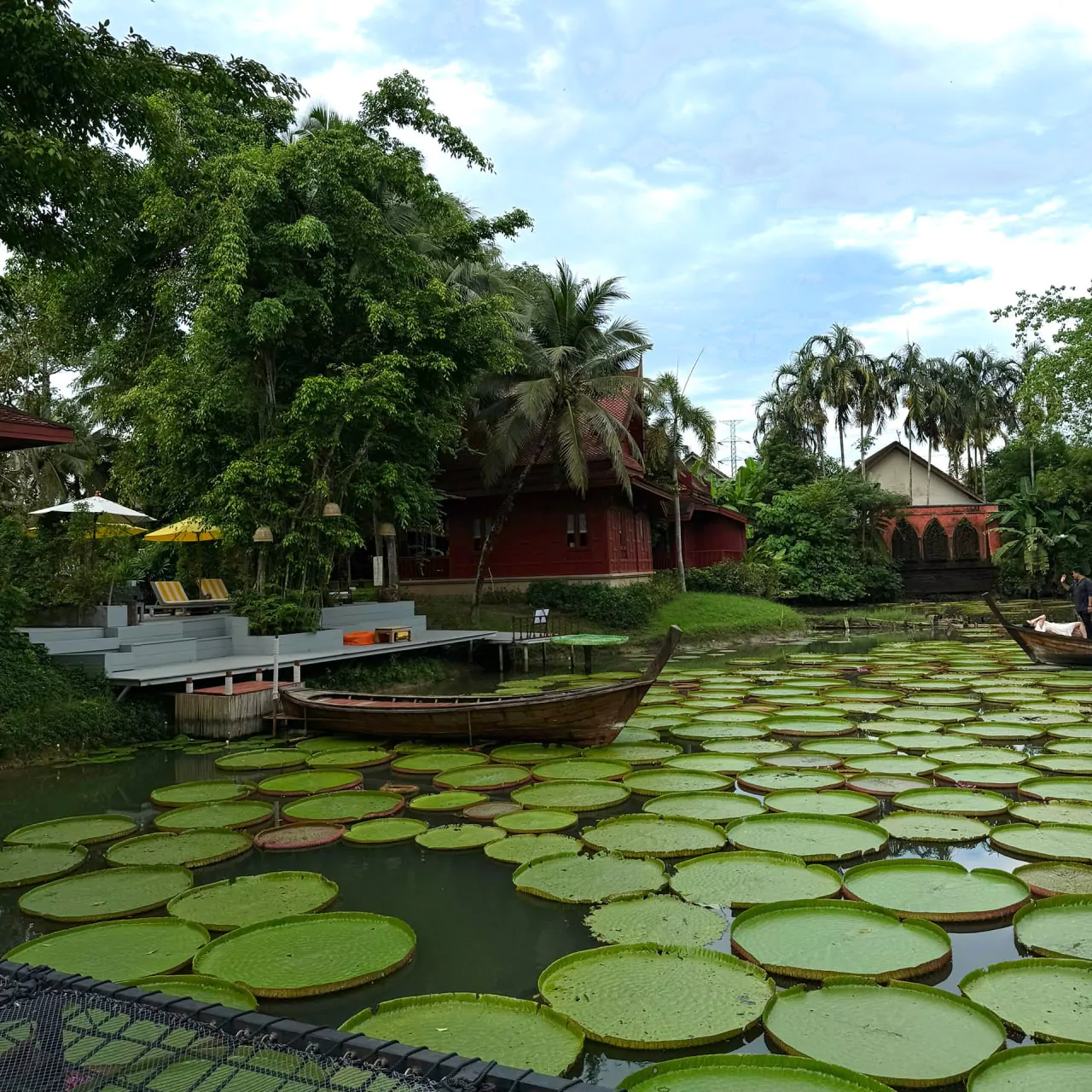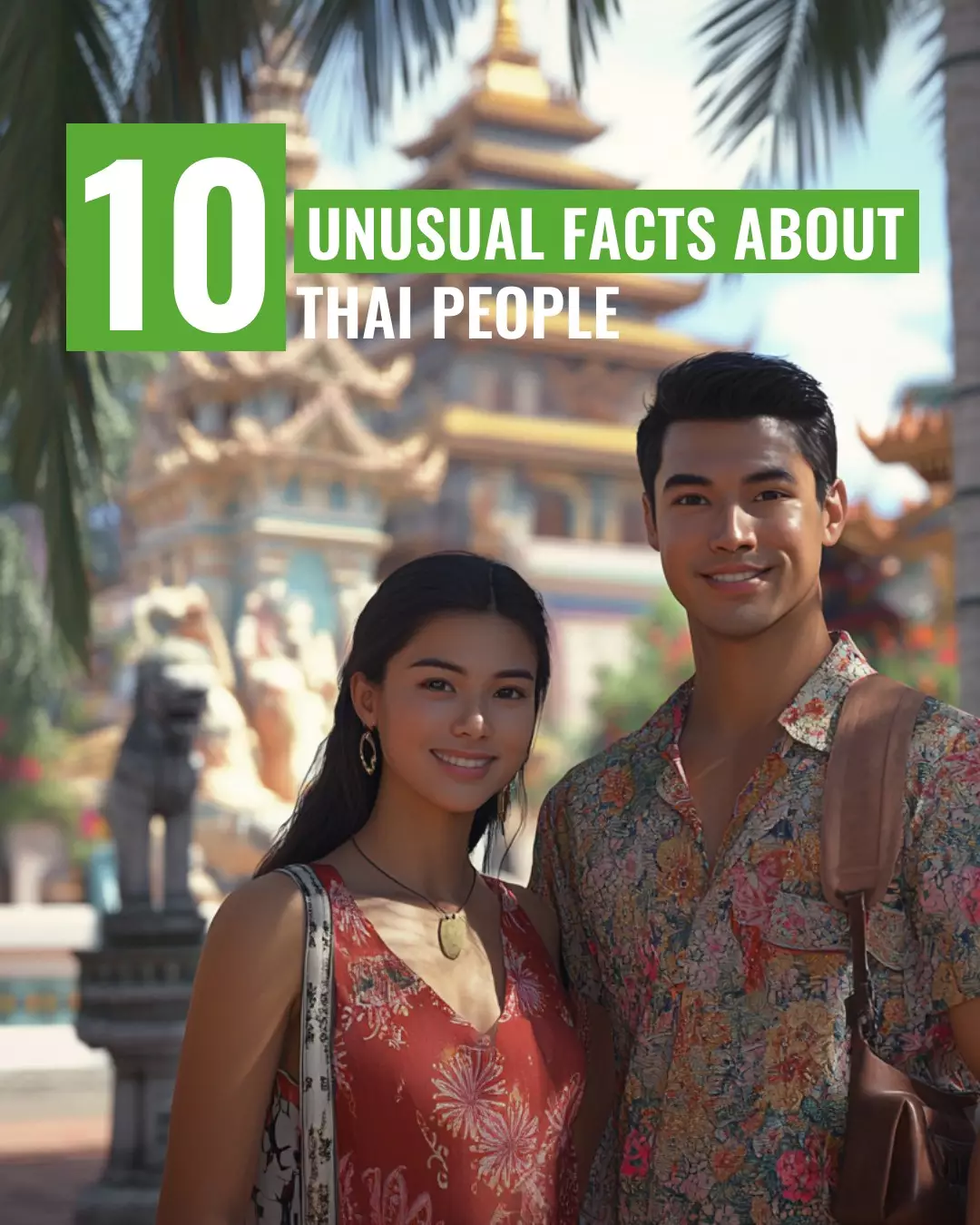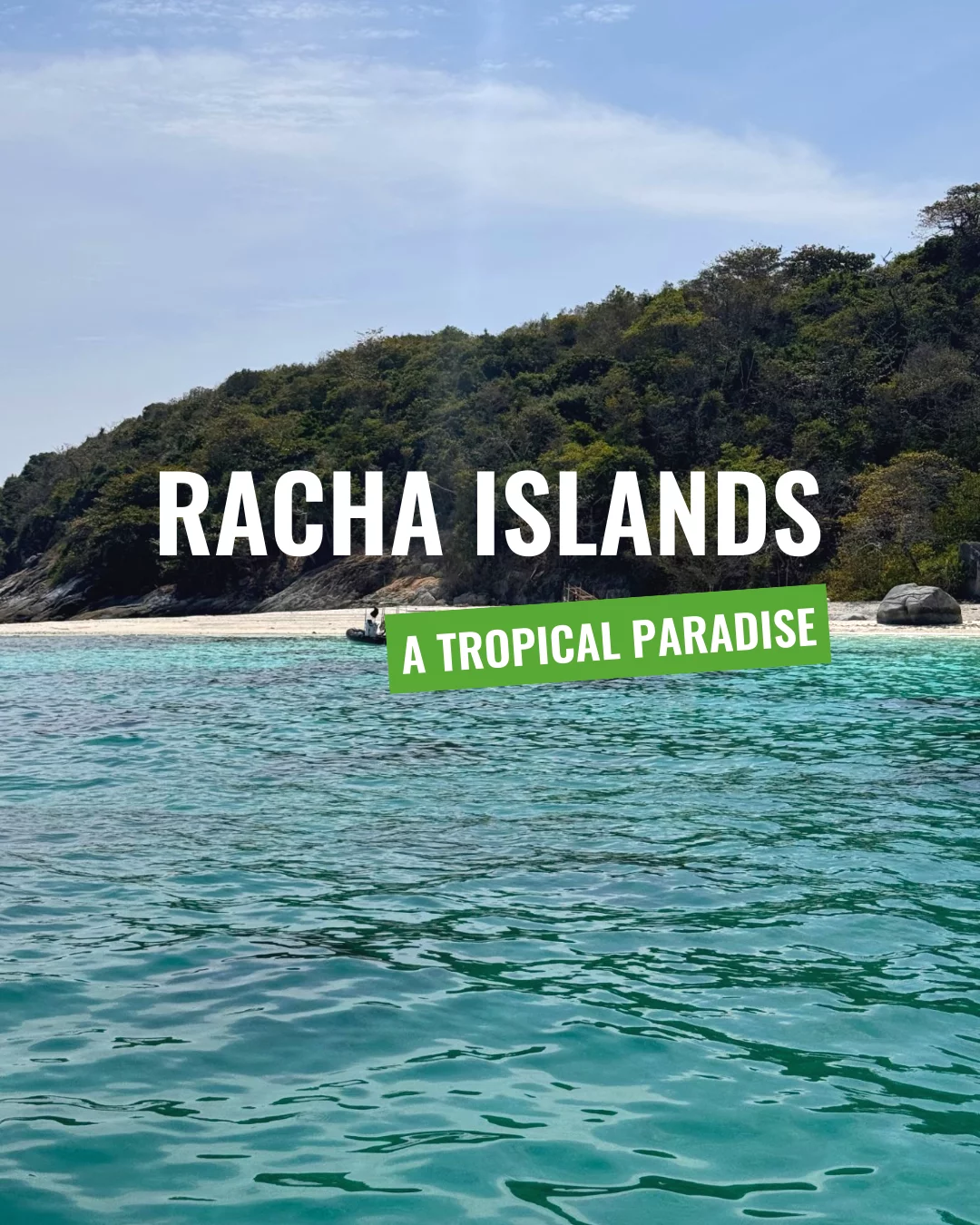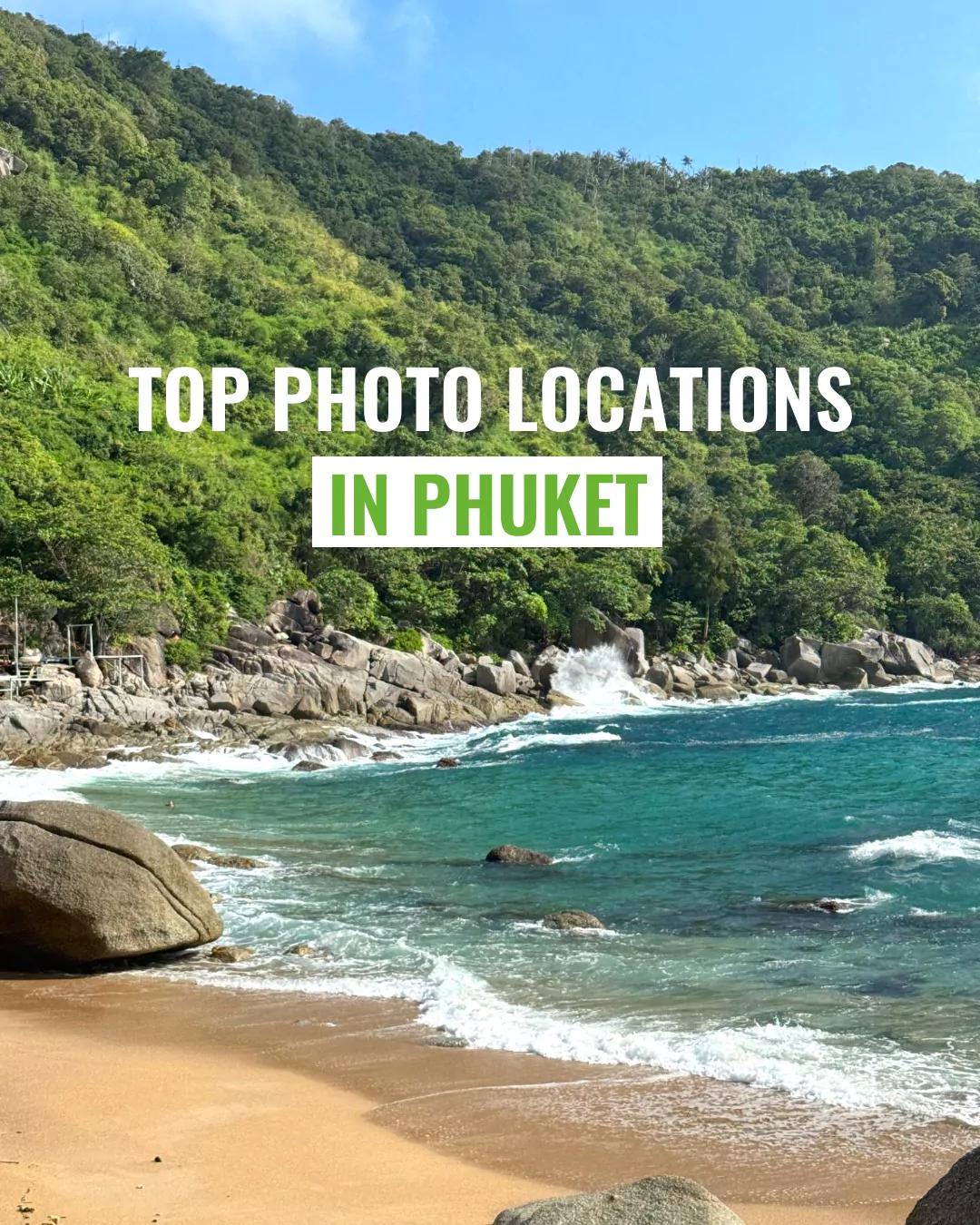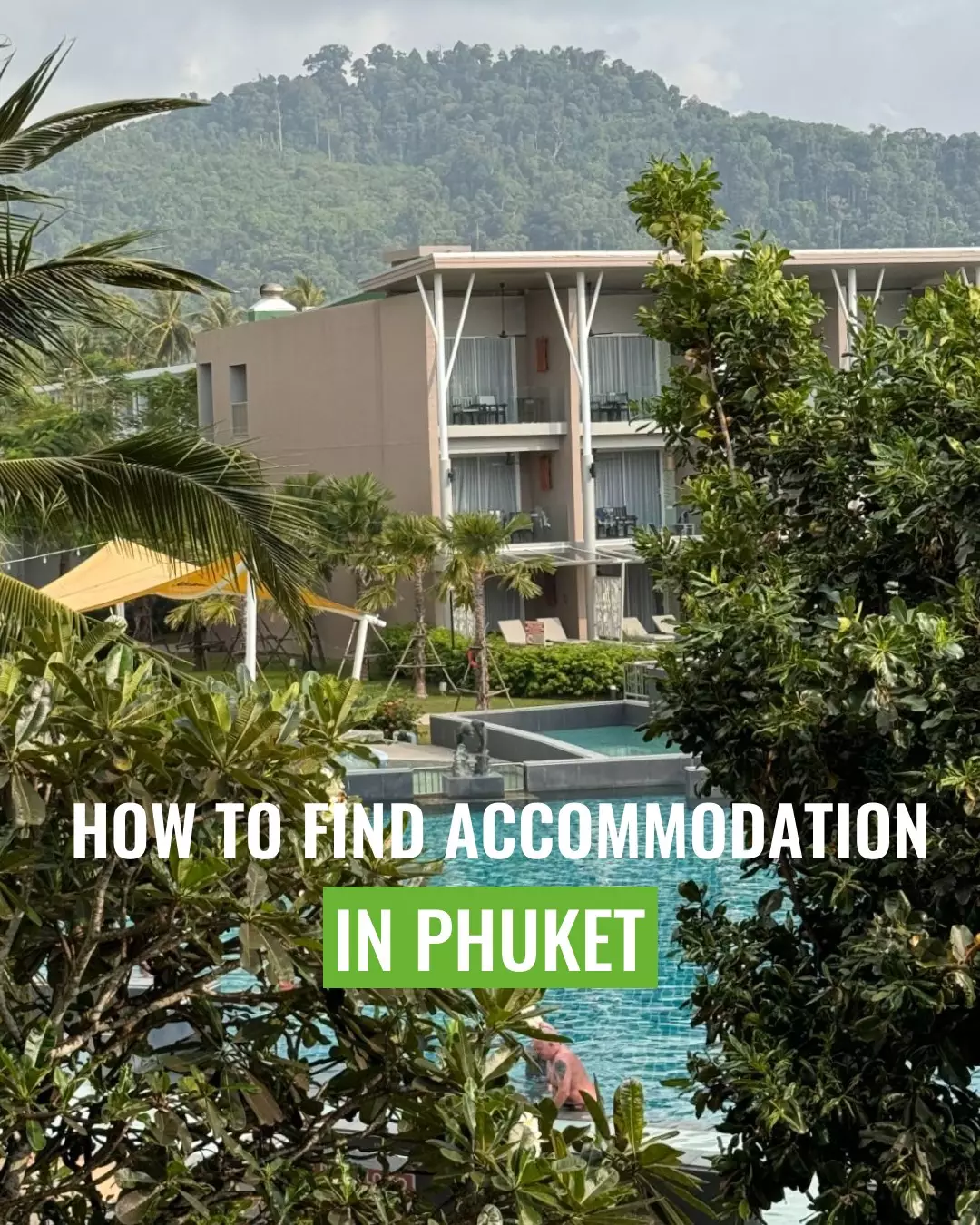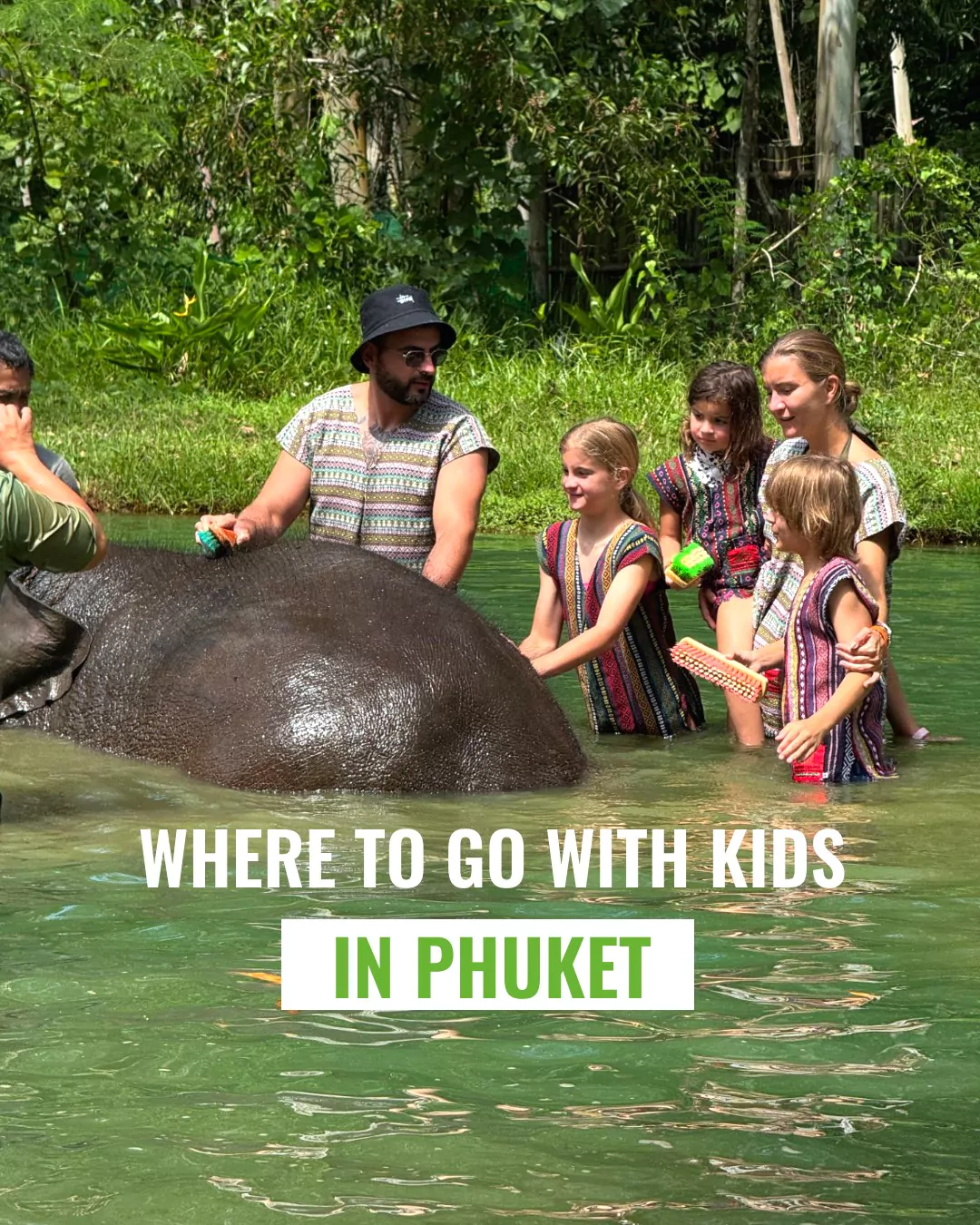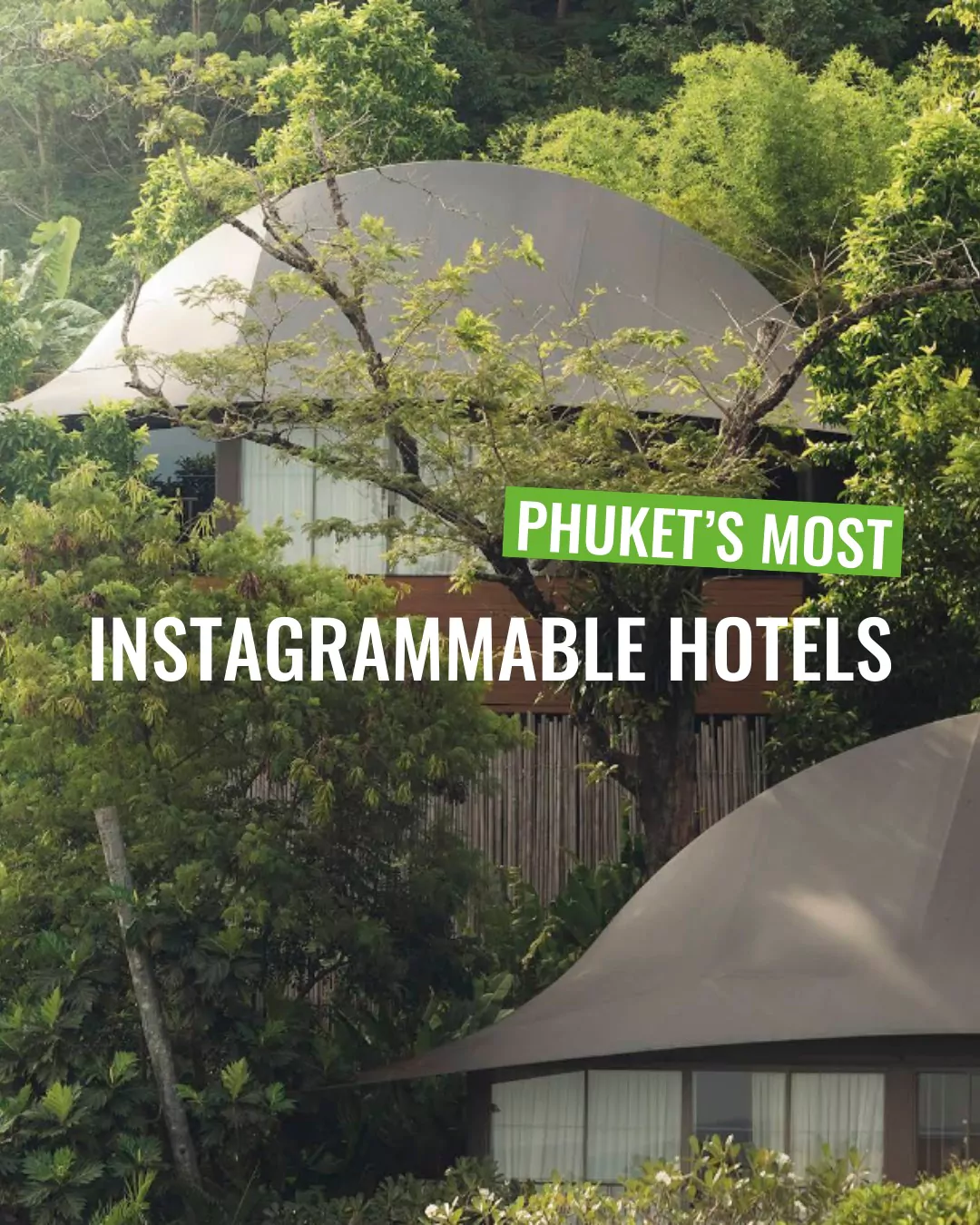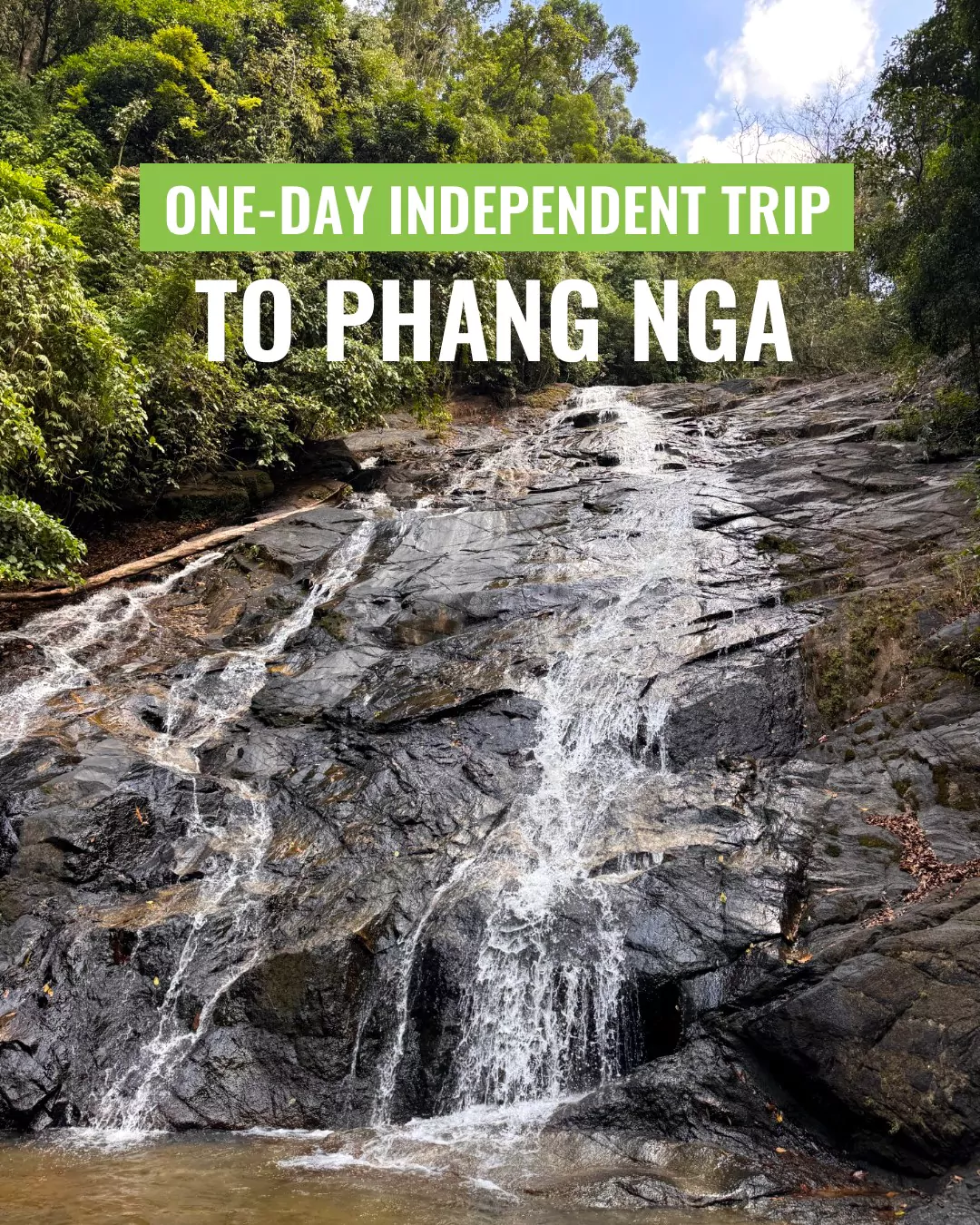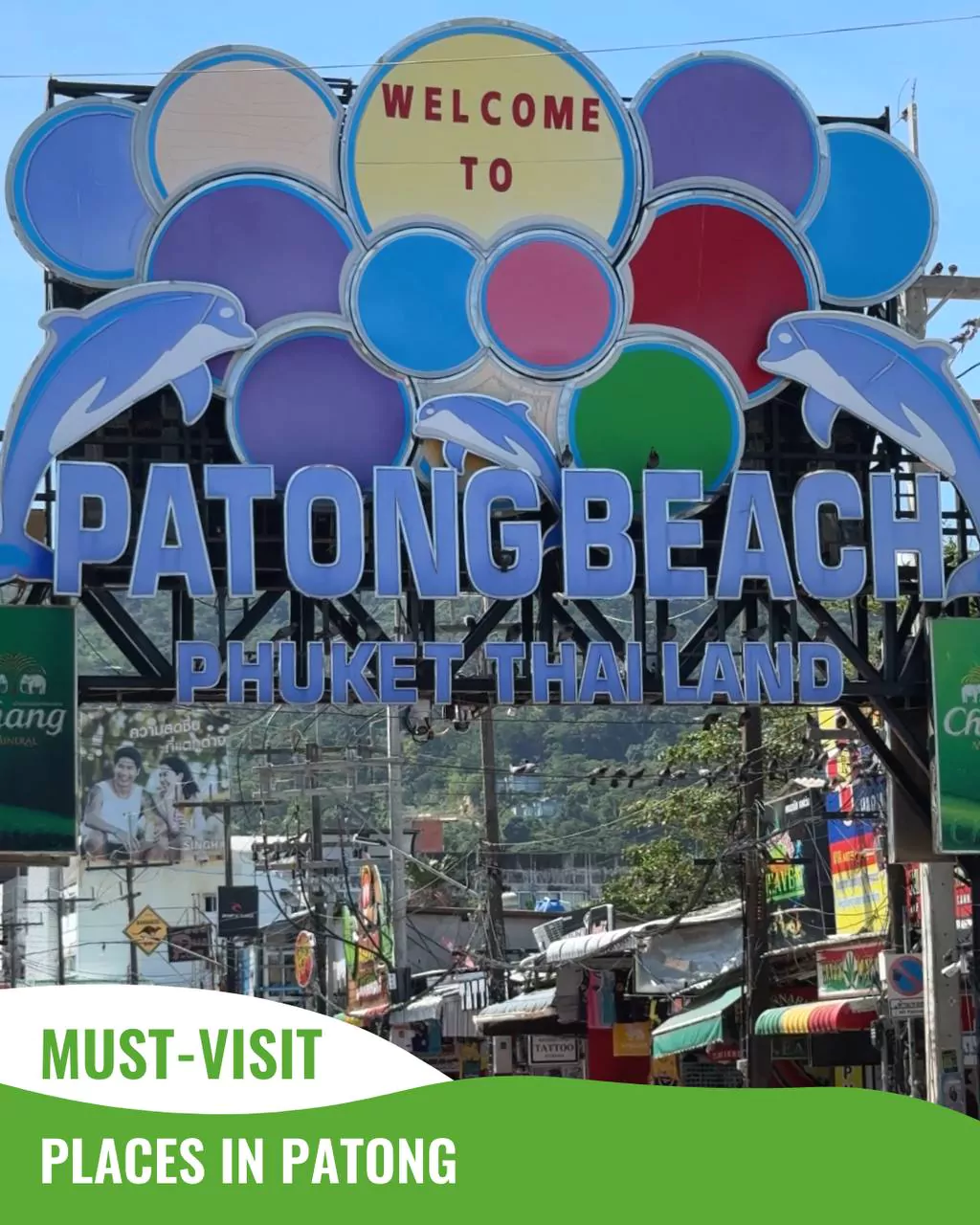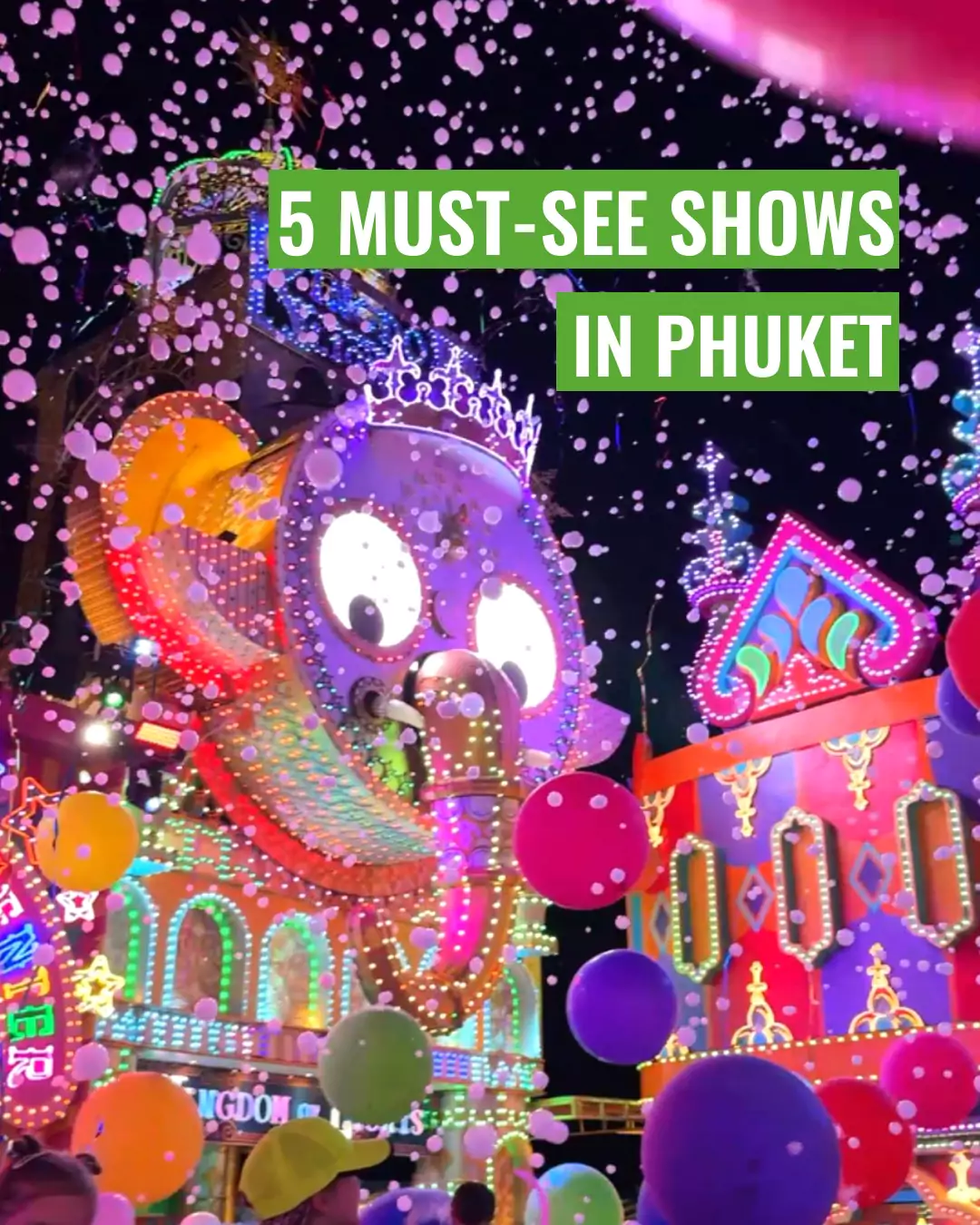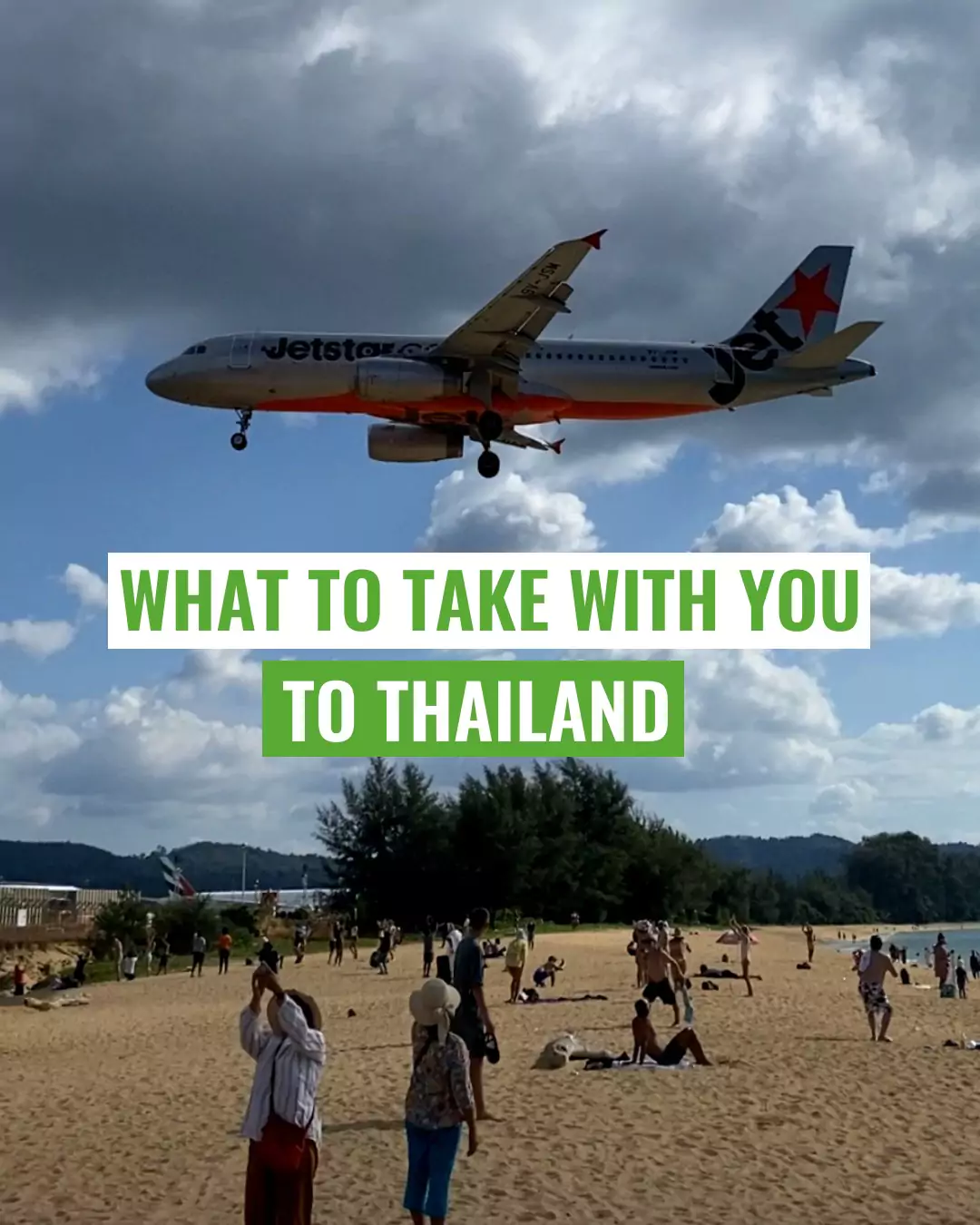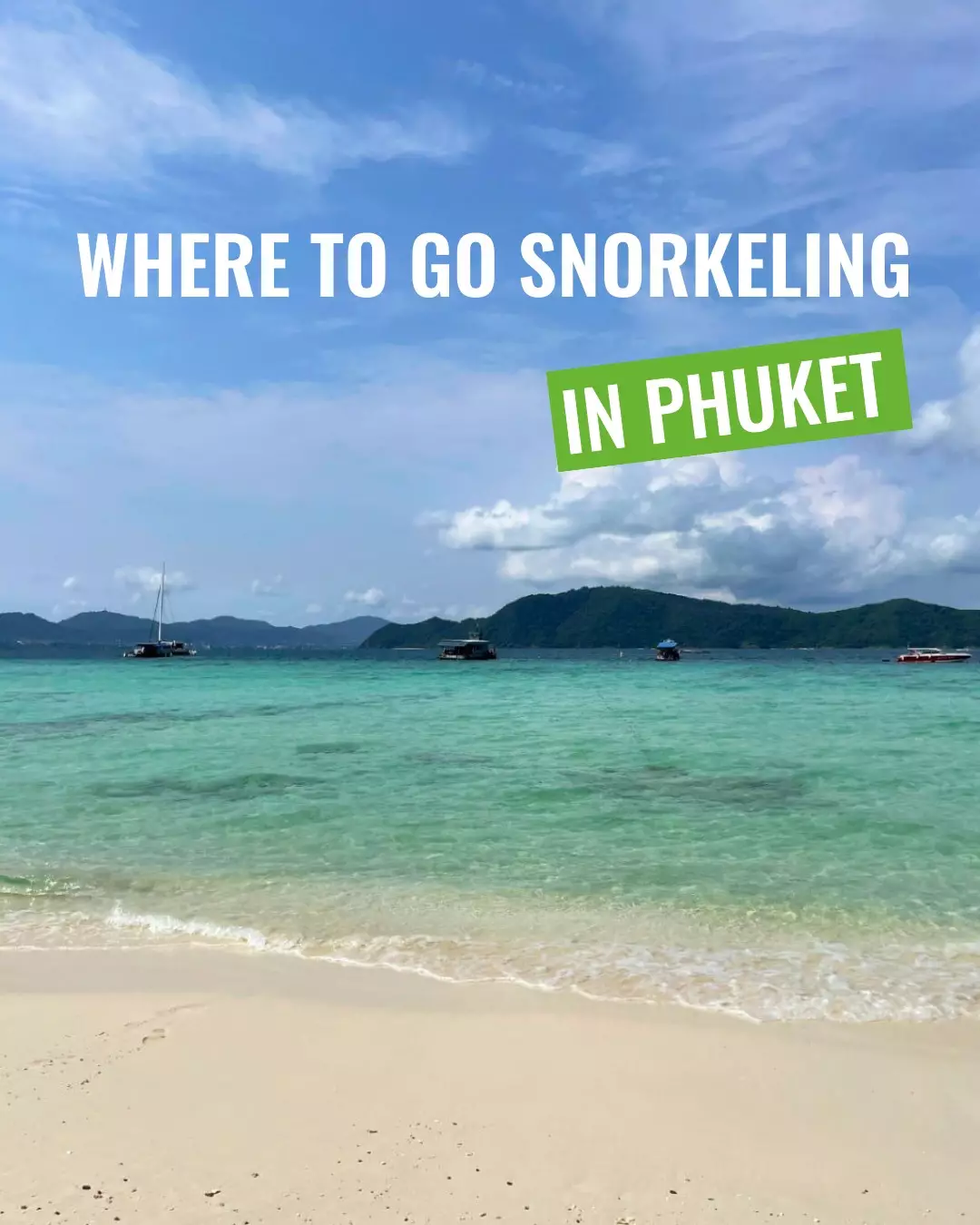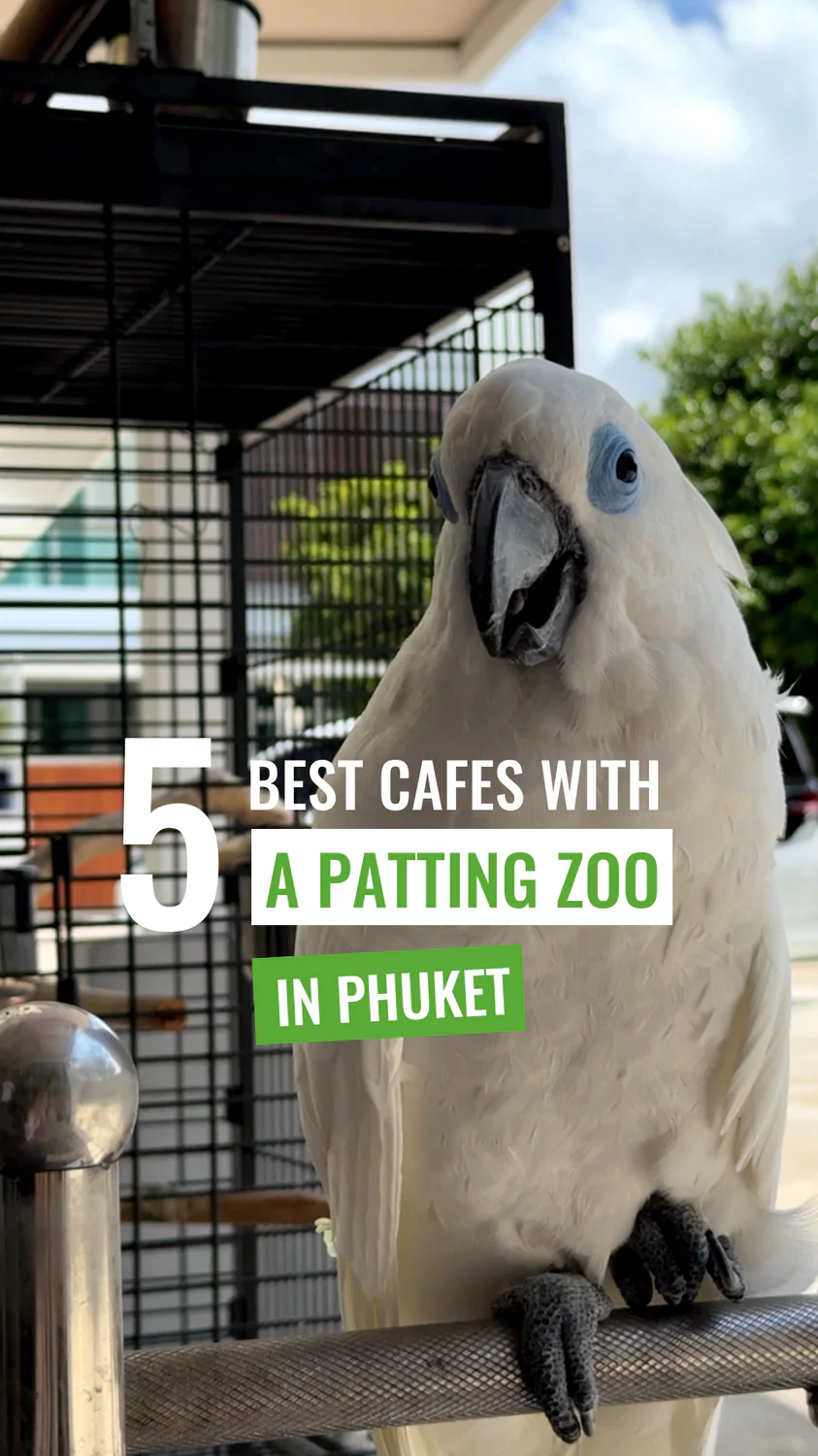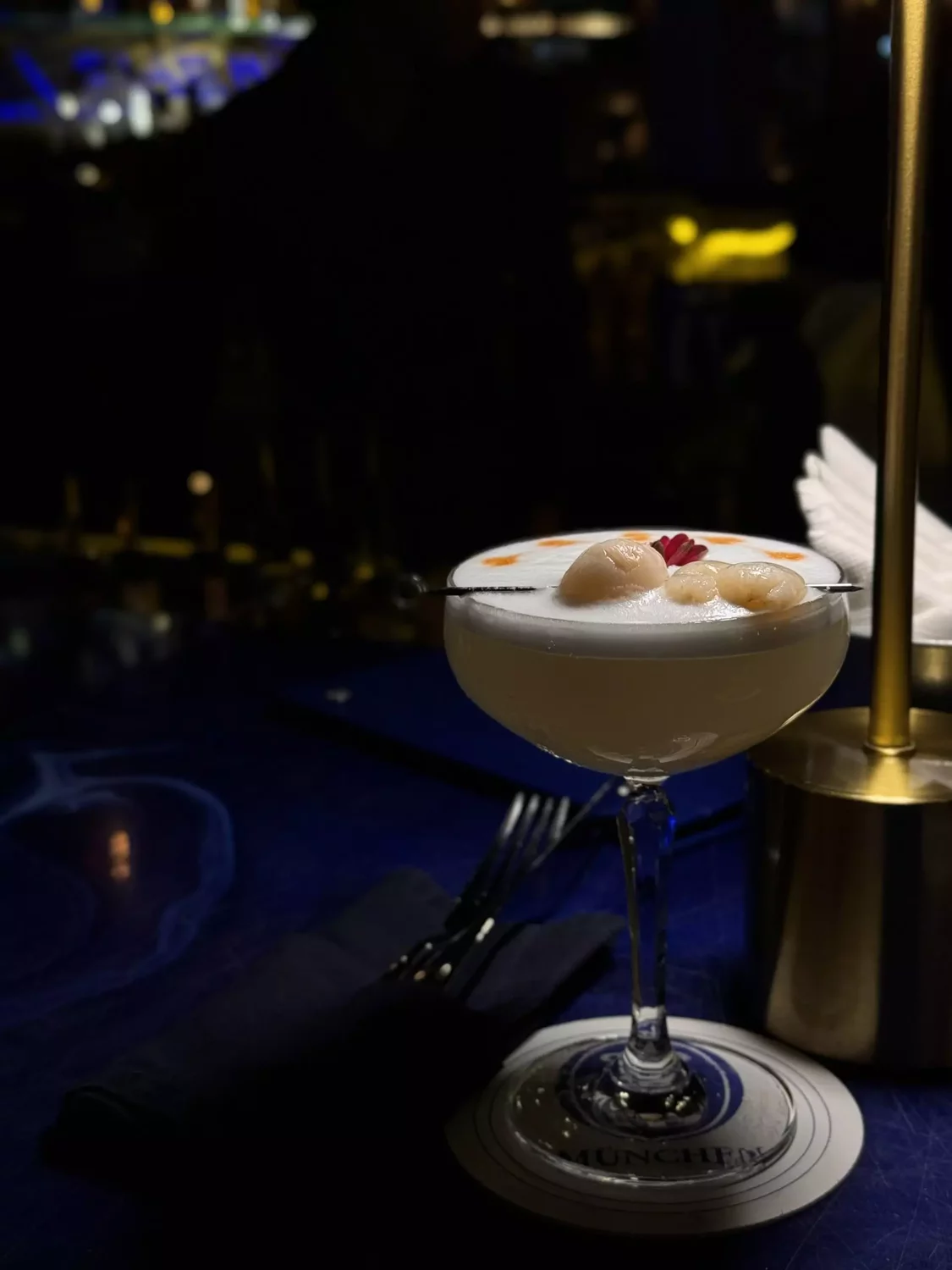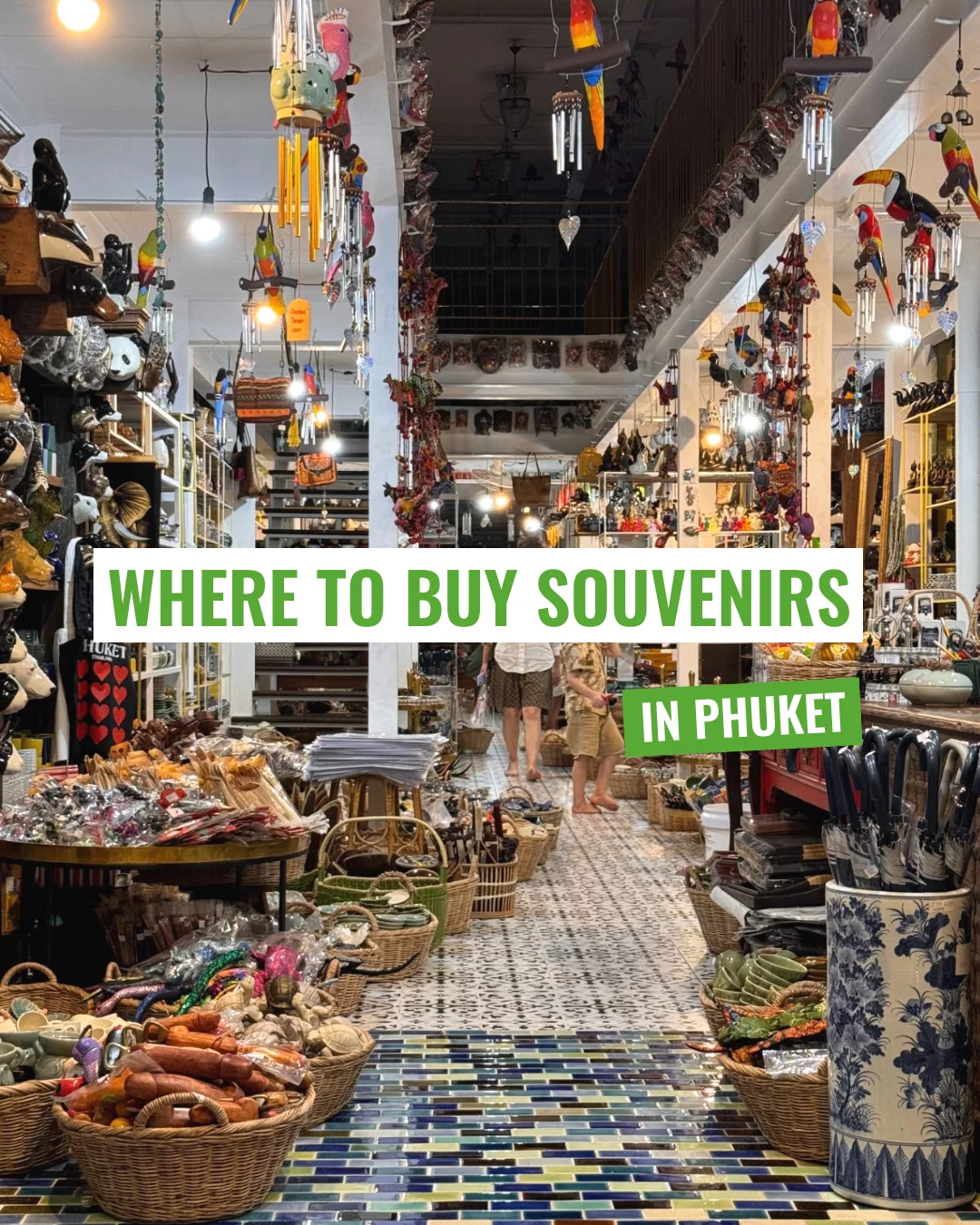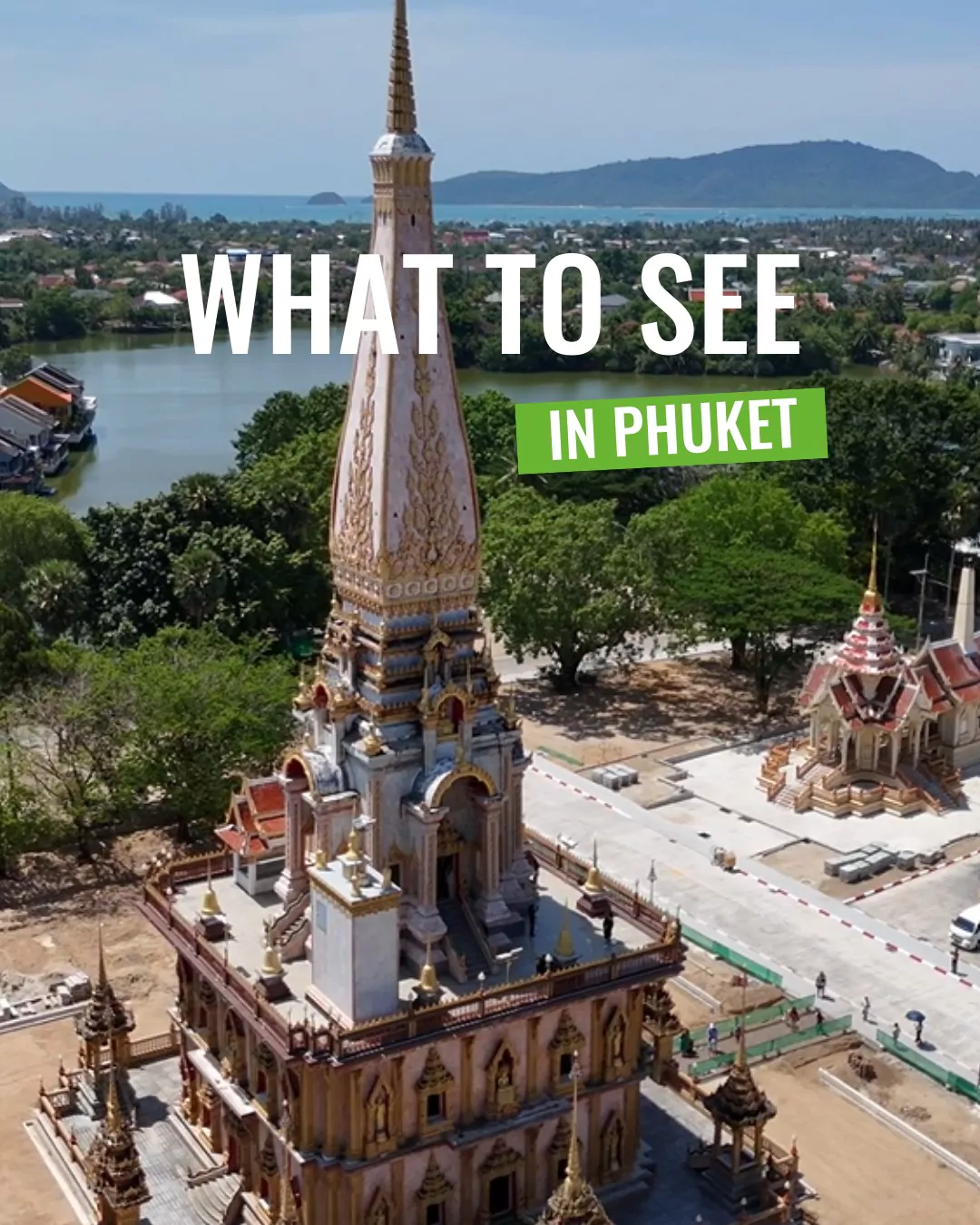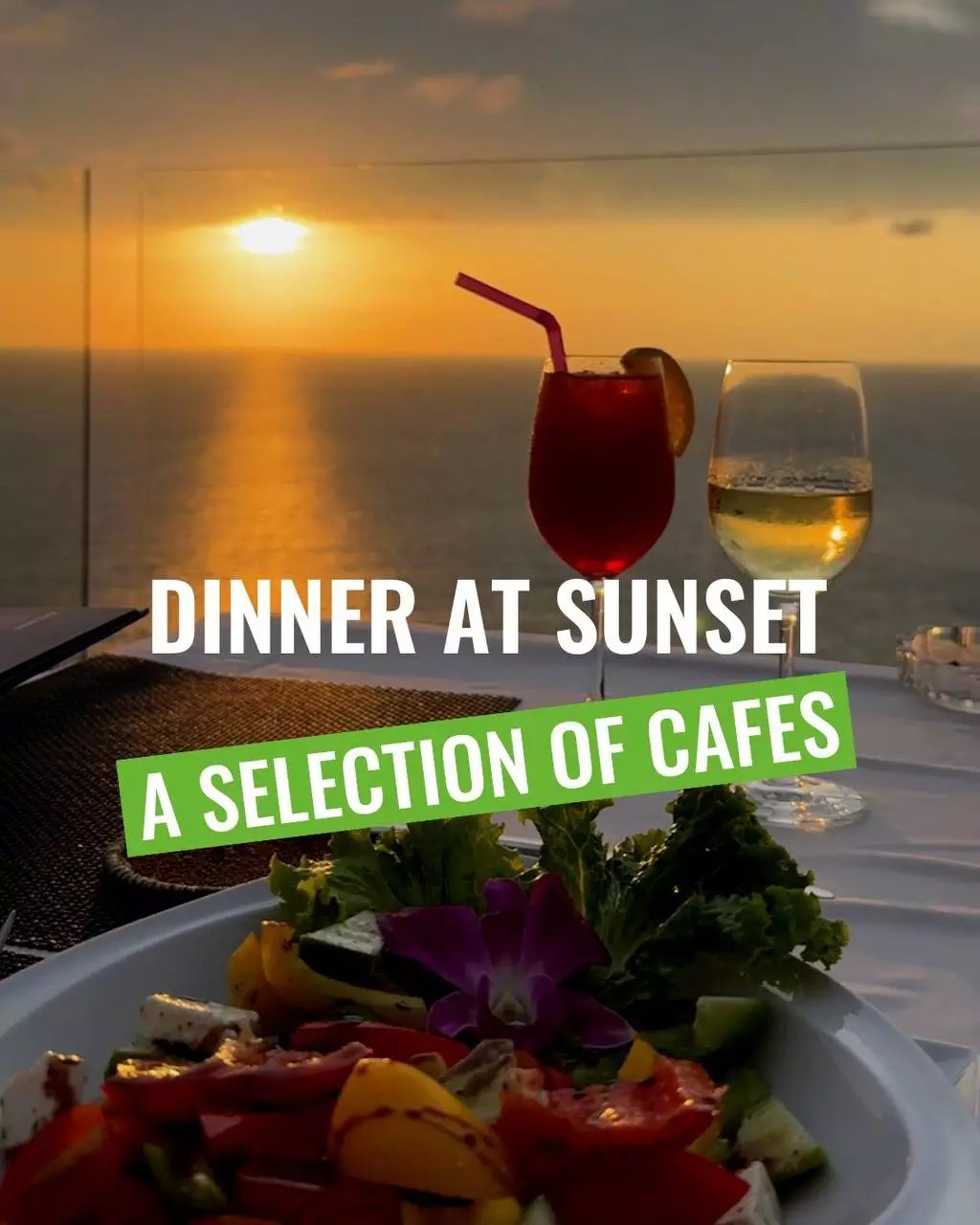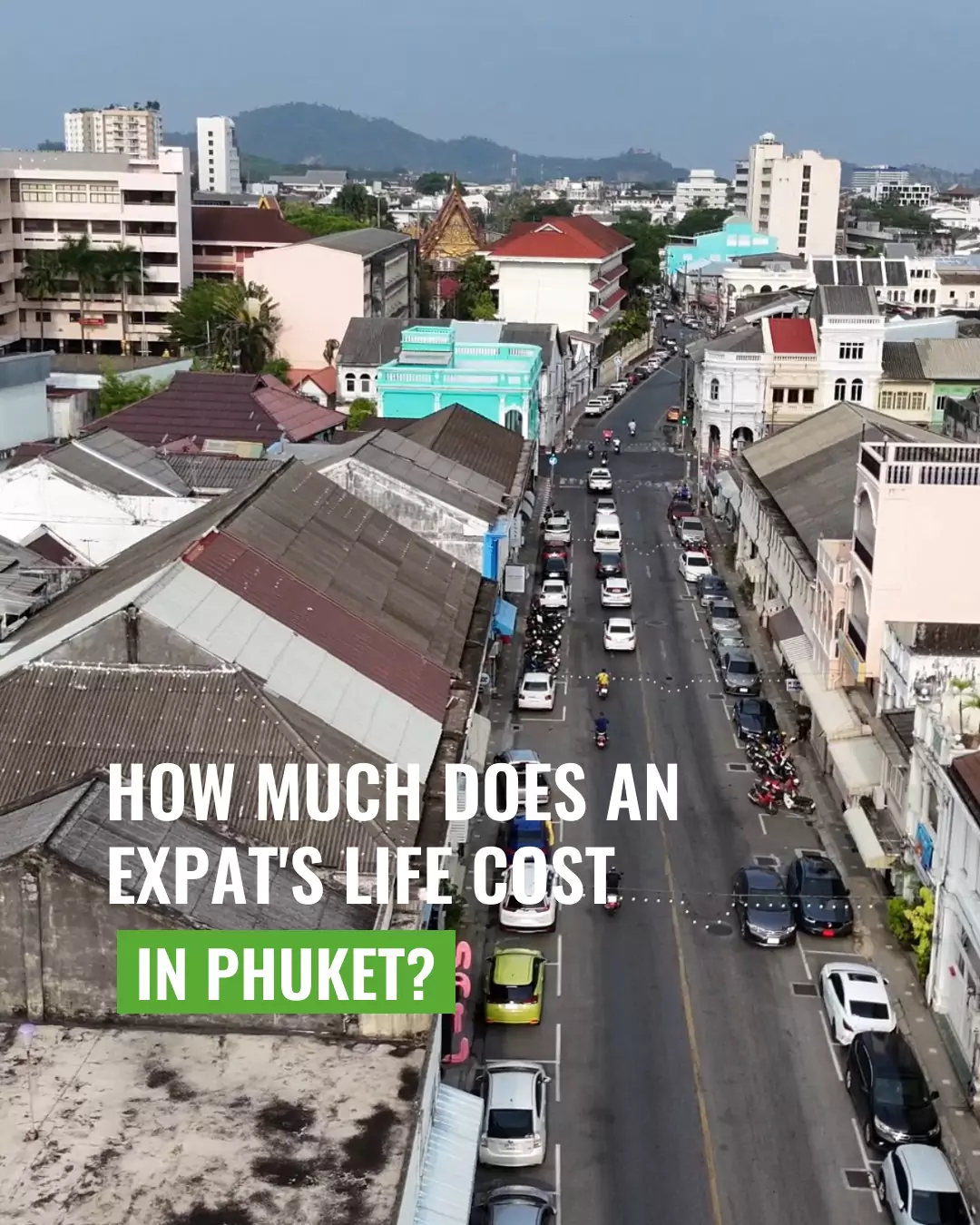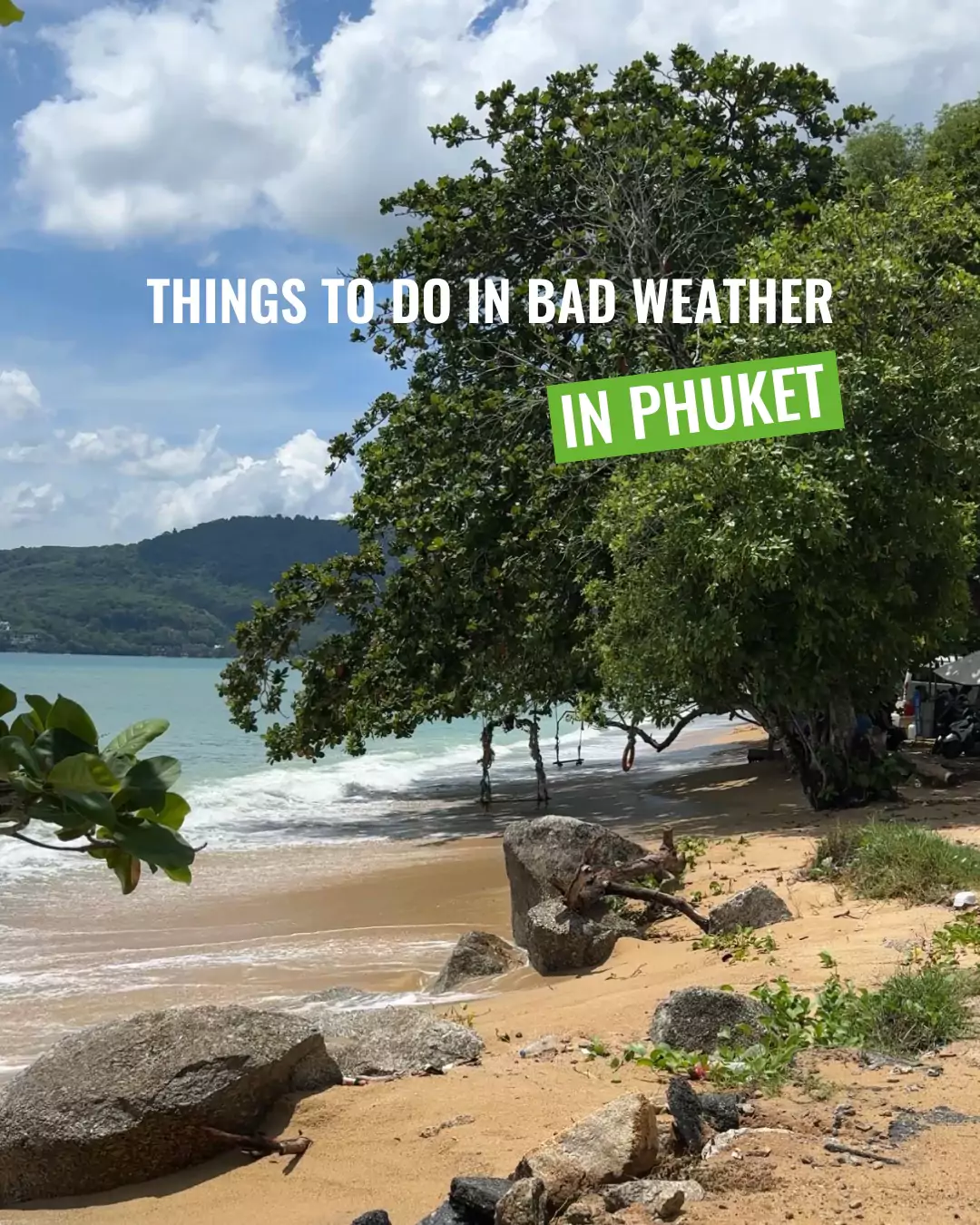Phuket Then and Now: How the Island Has Changed
What do we know Phuket for today? Beautiful beaches, the sea, tourists, parties… But just about 70 years ago, the island looked completely different. In the 19th century, Phuket was the main center of tin mining — Chinese and European investors flocked here, creating a unique blend of Malay, Chinese, and Siamese cultures. We wrote about this in detail in the article “From Tin Mines to a Global Resort: The Transformation of Phuket”.
It was only after the tin boom ended that the island turned toward tourism. In 1967, the Sarasin Bridge was built, connecting the island with the mainland, and in 1976, the international airport opened — both milestones that marked the beginning of mass tourism in Phuket. Let’s take a look at how the island has changed over the past few decades!
Phuket Old Town
Often called the historical heart of the island, it vividly reflects the region’s rich past, shaped by trade and cultural exchange. Its golden age began in the late 19th and early 20th centuries, when Phuket became an important tin-mining center in the Indian Ocean. During this period, Chinese and Malay workers, along with European traders and investors, began arriving in the city, giving rise to its unique urban architecture and multicultural atmosphere.
One of the symbols of that era is the Sino-Portuguese architecture — narrow yet deep shophouses with ornate façades, arches, stucco details, and ceramic decorations. These two- or three-story buildings once served both as shops and living quarters. Today, they still grace many of the Old Town’s streets, giving the area its distinctive charm. You can visit this part of the city as part of a sightseeing tour.
We’ve selected the three best tour companies that offer Phuket City Tours. Fill out the form, and we’ll forward your request — they’ll contact you to provide details on the terms and pricing.
By the early 20th century, Phuket already had a school, a hospital, a telegraph office, a police station, and a bank — as well as the grand mansions of the local elite, such as the Chinpracha House. The local rulers played a key role in the city’s modernization: a sewage system was introduced, roads were built, and electricity was installed.
Despite the challenges of the 20th century — including the decline of tin mining and the development of other parts of Phuket — the Old Town has managed to preserve its unique character. Today, it is not only a historical landmark but also a vibrant cultural hub filled with cafés, museums, boutique hotels, galleries, and craft shops.
Thalang Road is rightfully considered the main artery of Old Phuket. A stroll along it lets you truly feel the spirit of the old town — here, history is literally woven into everyday life.
Just a bit further down, on the right-hand side, begins Soi Rommanee, a charming little lane with its own stories to tell.
In the past, it didn’t have the best reputation — this was the area where Chinese miners and laborers came to unwind after a hard day’s work. The name “Rommanee” can be translated as “women’s mischief” or “pleasures with ladies.”
Today, this lane has transformed into a cozy and colorful spot where old houses have been restored and painted in bright hues. It’s now one of the most photogenic streets in Phuket and a must-visit stop for anyone exploring the Old Town.
Patong
Can you imagine Patong without tourists? Neither can we! But once upon a time, that’s exactly how it was — originally, it was just a small fishing village. It wasn’t until the 1940s that a dirt road was built through the hills to the coast, finally making the area accessible. And up until the late 1970s, there was no electricity here — it officially arrived only in 1979.
The beginnings of tourism in Patong are associated with simple bungalows built for backpackers and early travelers — back then, the beach was known simply as “the long white beach with no tourists.”
Today, Patong is known as one of the most popular areas and beaches in Phuket, attracting party-loving travelers from all over the world. Bangla Road has become synonymous with nightlife — countless bars, clubs, bright lights, and crowds of tourists. Check out the best bars and nightclubs here!
Kata
In the 19th and 20th centuries, Kata — like many of today’s popular areas of the island — was a quiet fishing village with no tourist infrastructure. Locals made their living from fishing, and tin mining also developed in the surrounding area, though it gradually declined by the end of the 20th century.
Tourism began to develop here in the 1970s, with the first hotels, family guesthouses, and bungalows appearing. As more travelers arrived and demand for accommodation grew, the area started to fill with cottages, small hotels, and apartment buildings. By the 2000s, Kata had become a popular destination for surfing and beach holidays, with restaurants, shops, a local market, and fitness zones springing up along the coast.
The sea, however, has remained just the same — but the shoreline has changed dramatically. Back in the late 1970s, Kata was dotted only with small thatched huts; today, it’s lined with hotels, guesthouses, and, of course, all the beach facilities a traveler could need.
Bang Tao
The now upmarket area of Bang Tao hasn’t always been this way. When tin mining declined in the 1980s, the coastal zone turned into an area with polluted water and poor living conditions — essentially, it was an abandoned mine. Everything changed in the mid-1980s, when construction began on a luxury resort that transformed the area.
The former mines were transformed into a network of lagoons — hence the name Laguna — with crystal-clear waters surrounded by lush tropical greenery. Along the shores, luxury hotels, villas, and golf courses soon appeared. Today, the area is known as an exclusive resort destination — one that’s far from affordable for everyone.
Bang Tao Beach today is the longest on Phuket, with the atmosphere of a luxury-level resort. The southern part of the area is actively built up, while the northern part still remains more peaceful. But perhaps not for long.
Nai Harn
From the first half of the 20th century, Nai Harn was a sparsely populated fishing coastline surrounded by hills, with just a few village houses, coconut plantations, and no tourist infrastructure. The tourist flow was very limited — there were hardly any roads or hotels — and until the early 1980s, it remained a hidden gem known only to locals and a few adventurous travelers.
In 1986, the Royal Phuket Yacht Club opened here — the first major resort on the coast (now The Nai Harn Hotel). In the early 2000s, tourism began to grow rapidly, bringing the construction of villas, condominiums, cafes & restaurants, and spas.
Today, Nai Harn still remains one of the most peaceful and scenic beaches on Phuket: clean white sand, crystal-clear water, a lush green hill rising behind it, a freshwater lagoon, and minimal urban development.
Phi Phi Islands
The now-famous Phi Phi Islands were almost uninhabited until the mid-20th century. The main population consisted of the coastal Chao Leh (Sea Gypsy) fishing communities, with no significant infrastructure or tourism. In the 1940s–1950s, moderate development began — coconut plantations appeared, and a slow trickle of visitors followed, though mass tourism was still far away.
In 1980, the first guesthouse opened on Phi Phi Don, marking the start of the island’s tourist infrastructure. And the rest, as they say, is history: in 2000, after the release of “The Beach” starring Leonardo DiCaprio — filmed against the stunning backdrop of Maya Bay — global tourism skyrocketed, and the island became known as a true tropical paradise. Learn more about other famous movies and TV shows filmed in Phuket in our article “Movies Filmed in Phuket”.
Still frames from “The Beach” (2000):
After the 2004 tsunami (by the way, be sure to visit the Tsunami Museum to learn more about it), a great deal of effort and money was invested in rebuilding Phi Phi’s infrastructure. Fortunately, the recovery was successful, and the islands quickly transformed into a popular tourist destination filled with bars, hotels, excursions, entertainment, and beach parties.
Residents even complained about overdevelopment — too many tourists, pollution, and an inefficient wastewater treatment system. Maya Bay, in particular, experienced a massive boom: up to 5,000 tourists visited daily, which led to the destruction of nearly 80% of the coral reefs. As a result, the bay was closed for restoration from 2018 to 2022.
As you can see, not so long ago Phuket was a completely different place. The island rose to fame as a tourist haven with astonishing speed — and that’s truly impressive. Many countries spend centuries standing still, while this small island in the middle of the Andaman Sea managed to transform from vast abandoned mines and wild beaches into one of the world’s most popular resort destinations.
To learn more about Phuket’s history, visit its excursions, museums, and temples. You can find the best accommodations — including historic hotels — in the Accommodation section. Discover the flavors of Thai cuisine in the Cafes and Restaurants or at the Night Markets.

